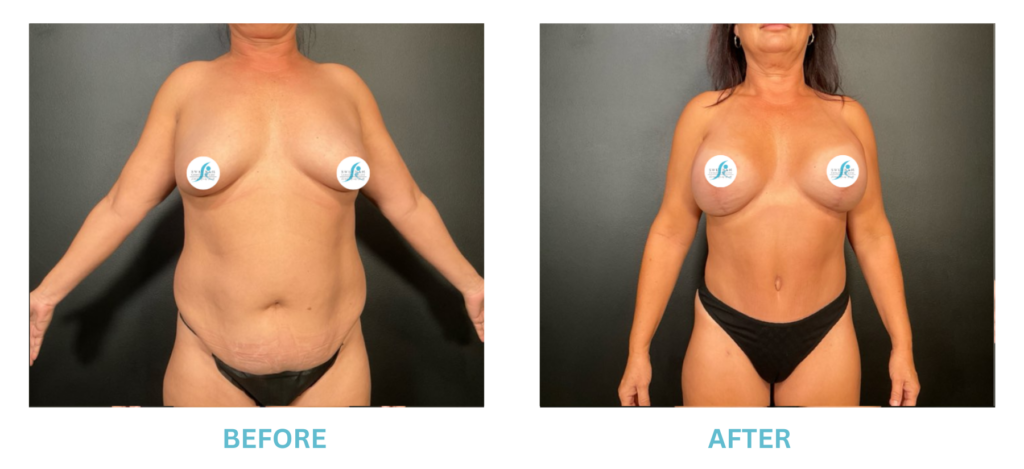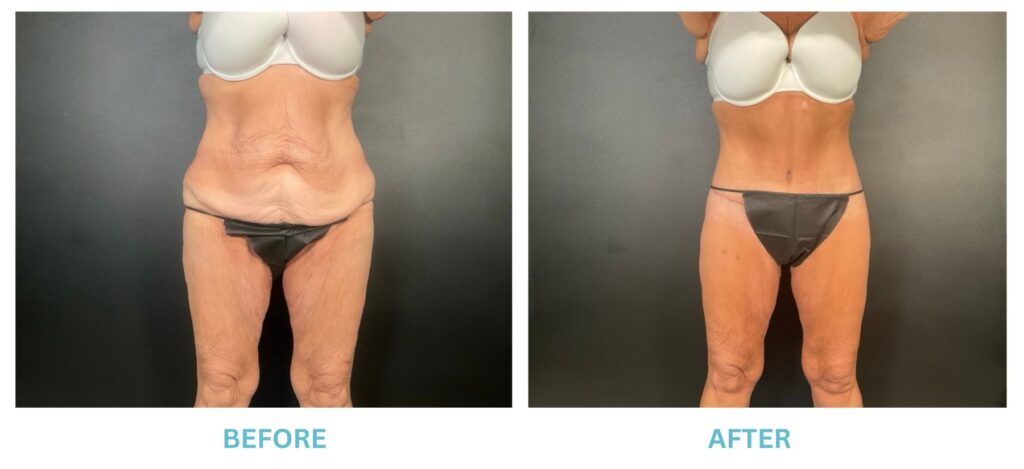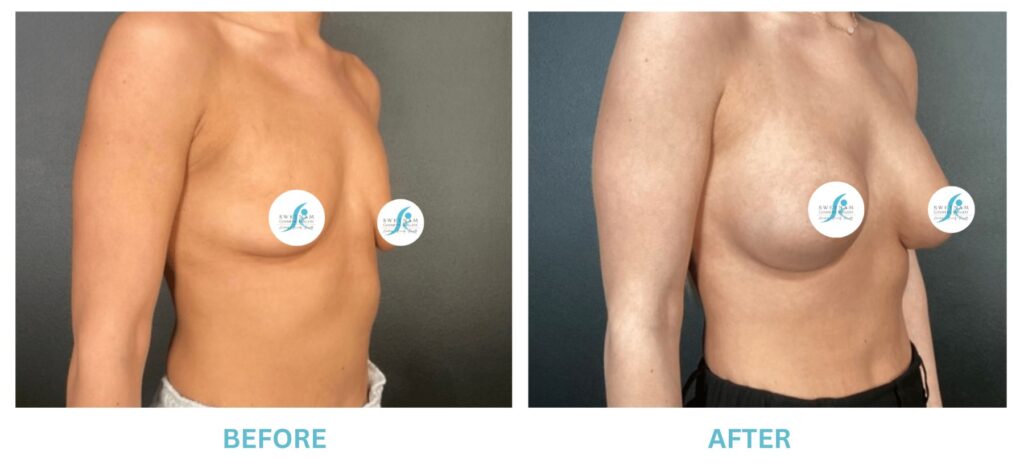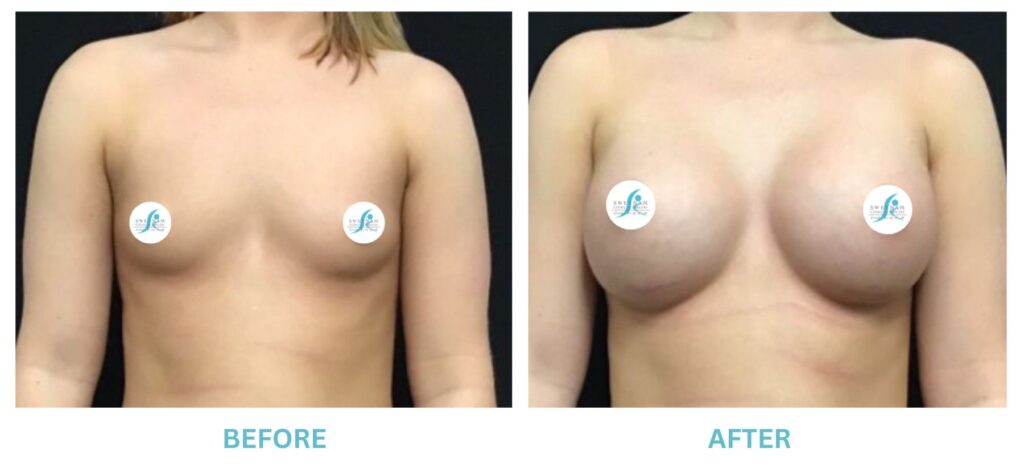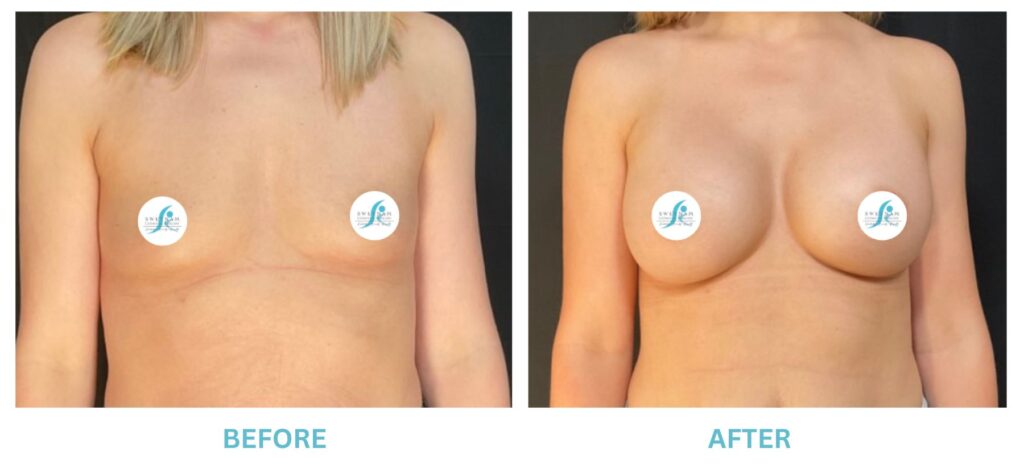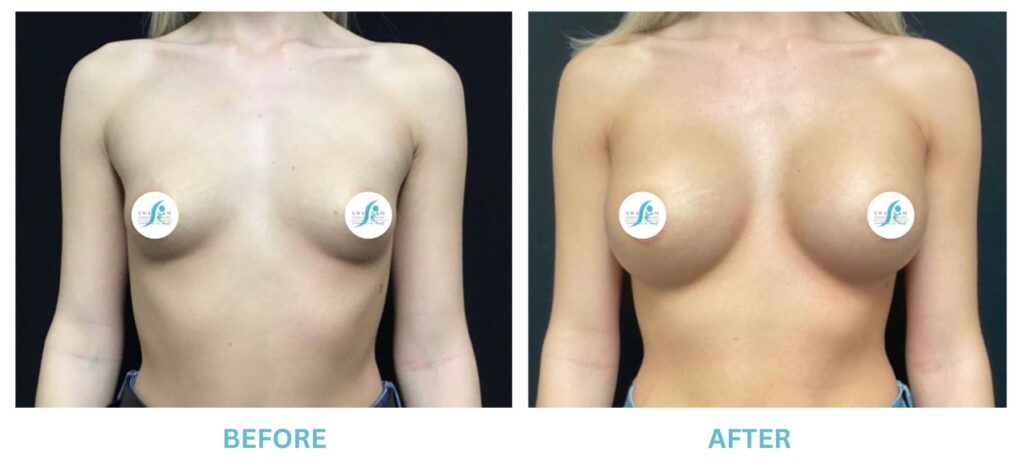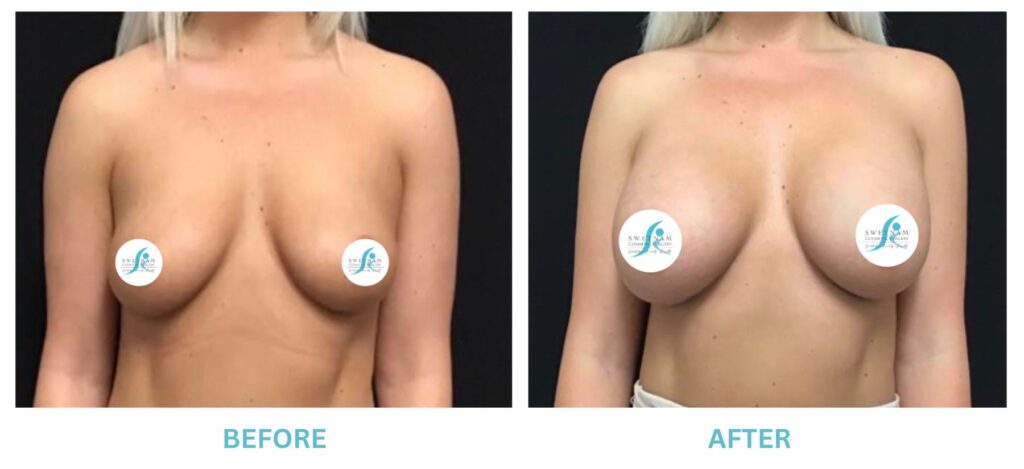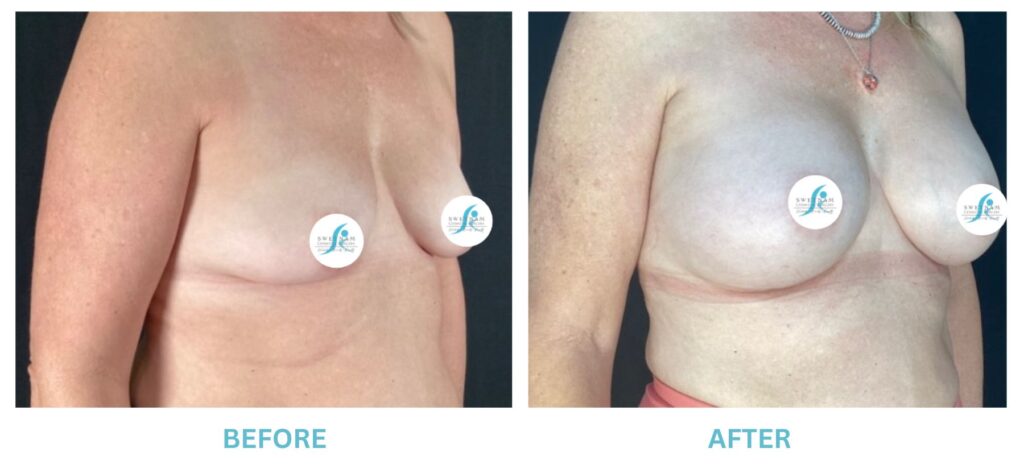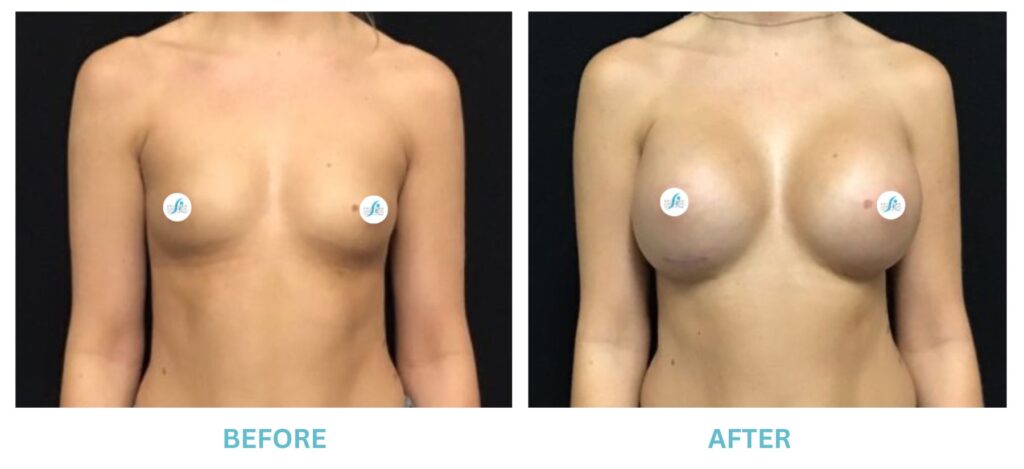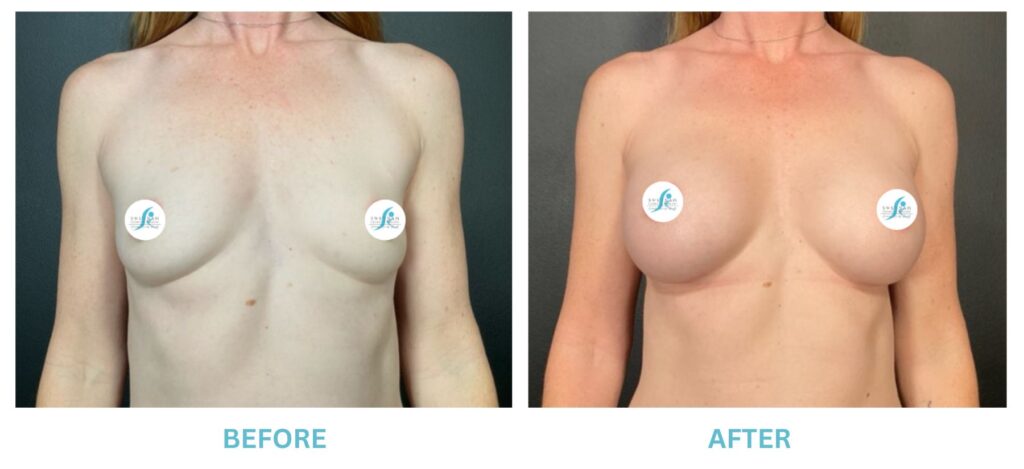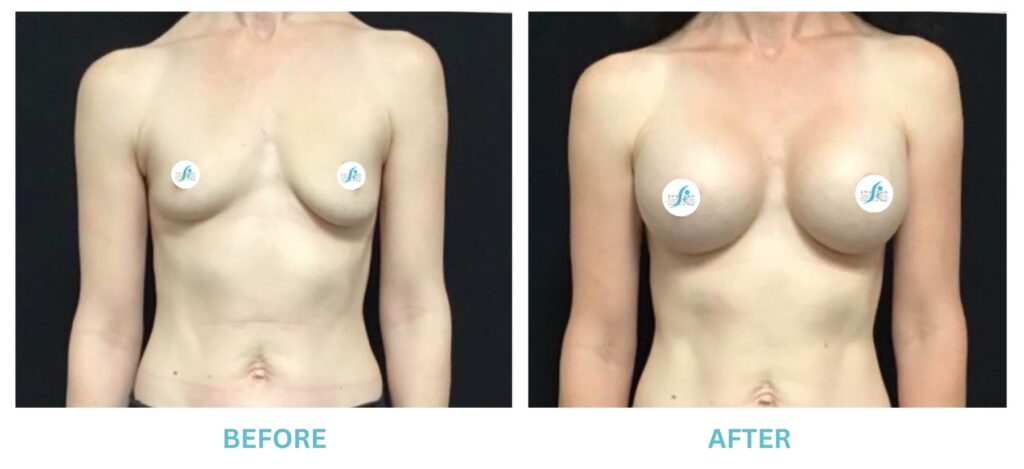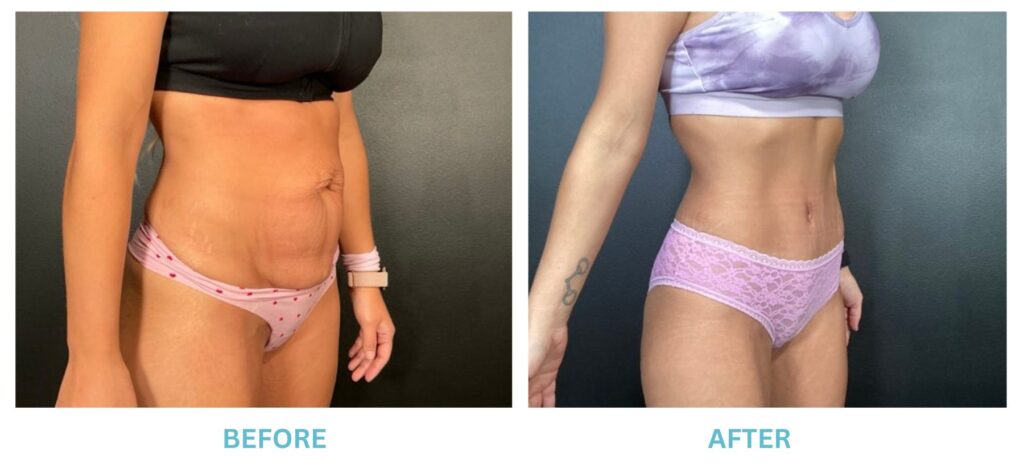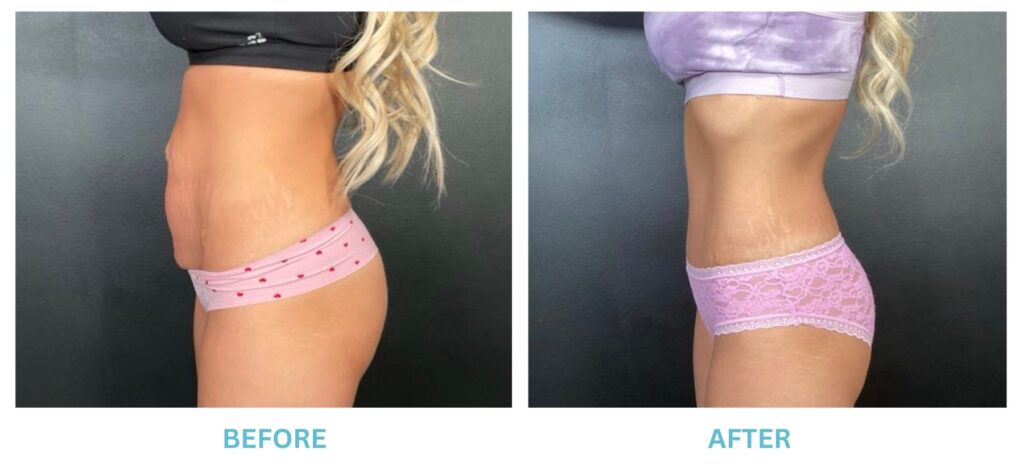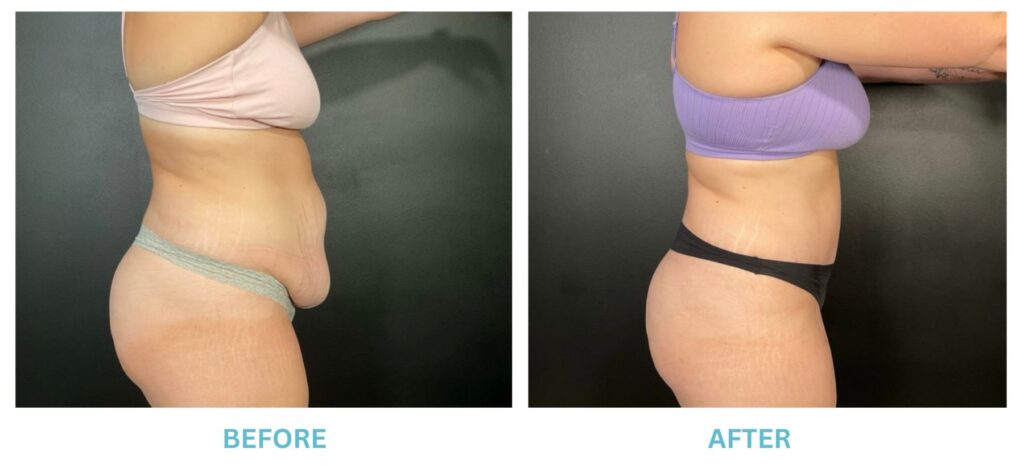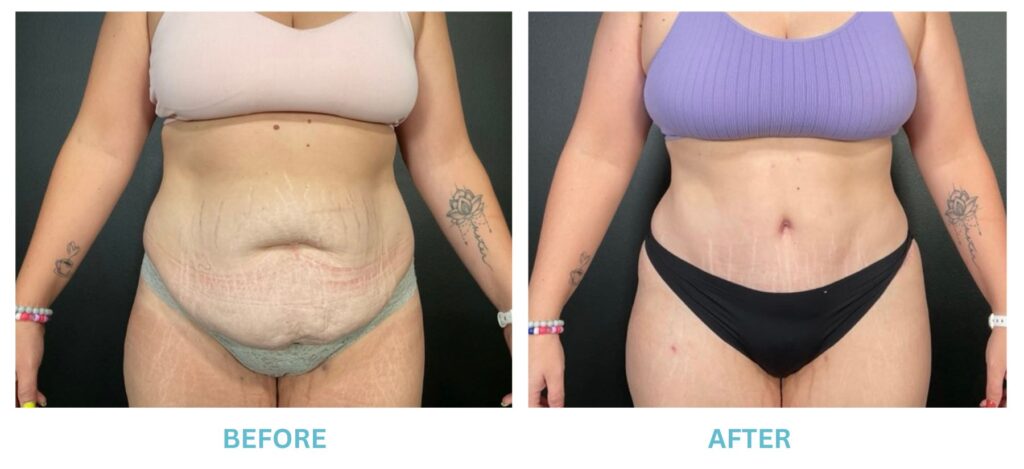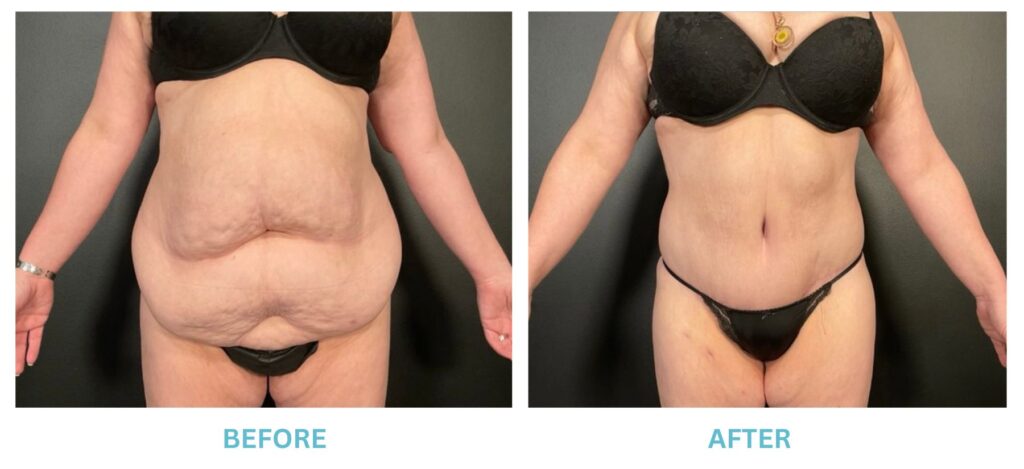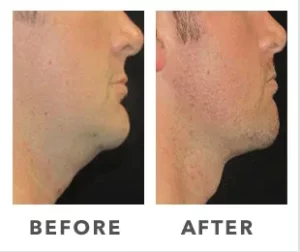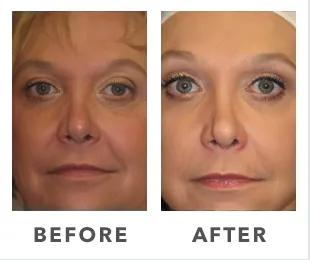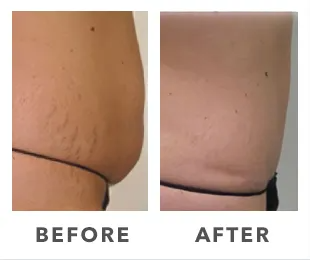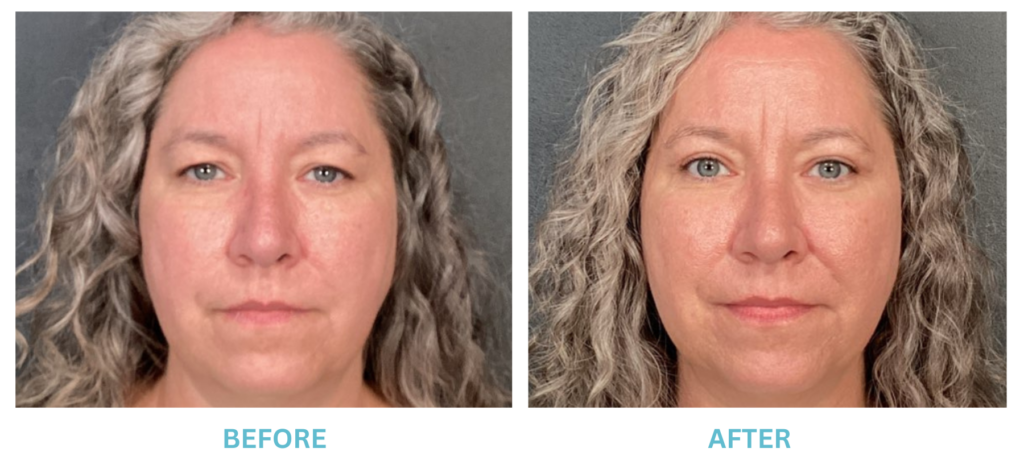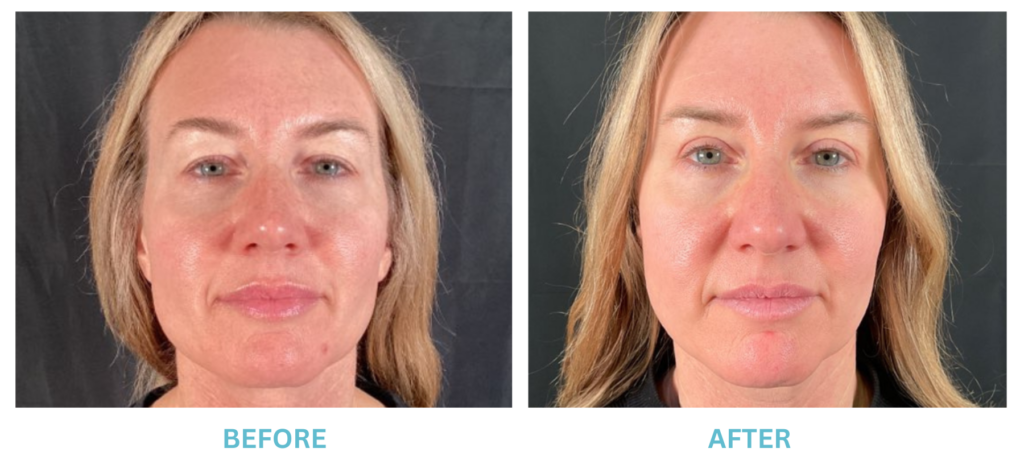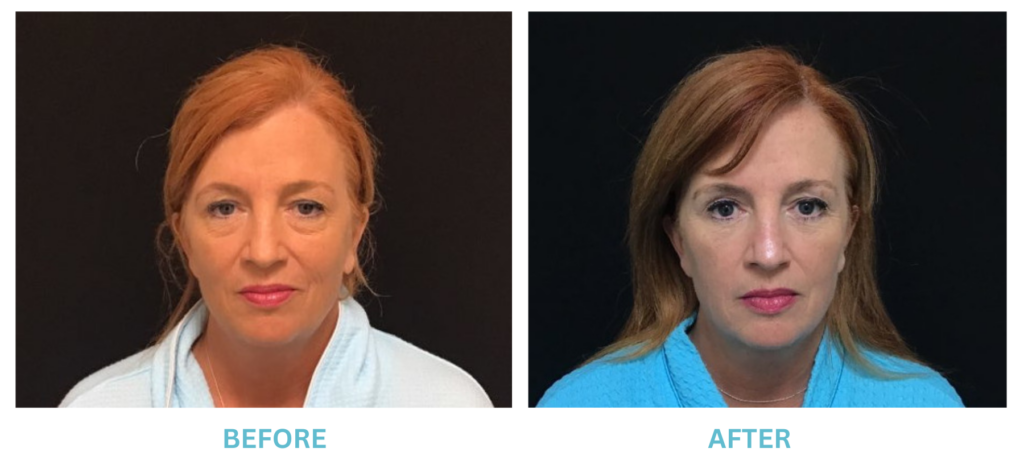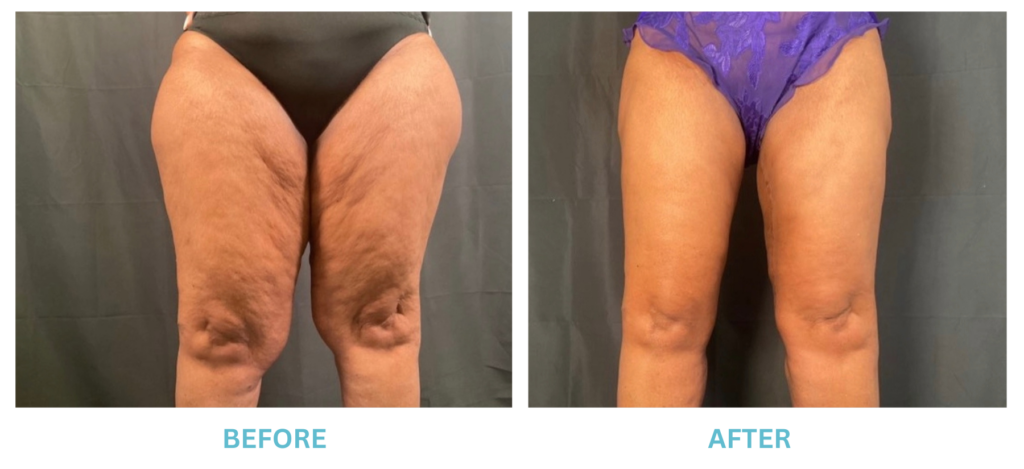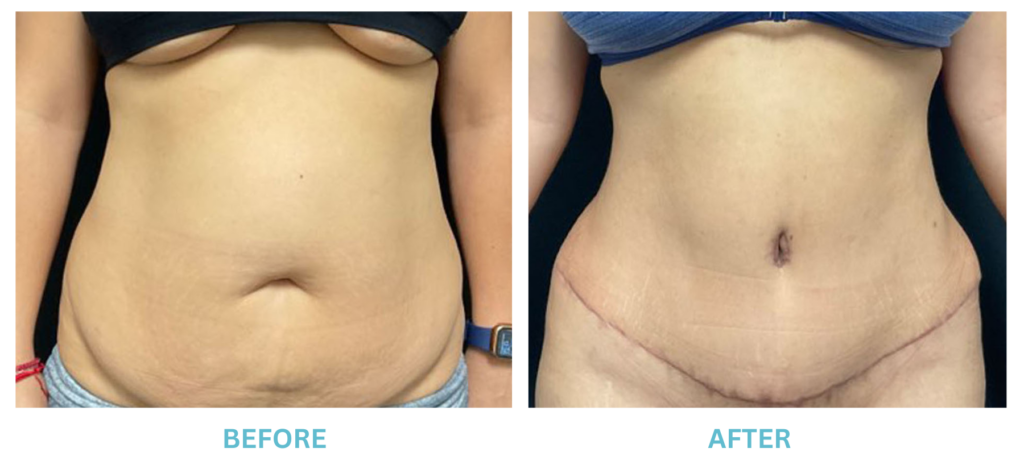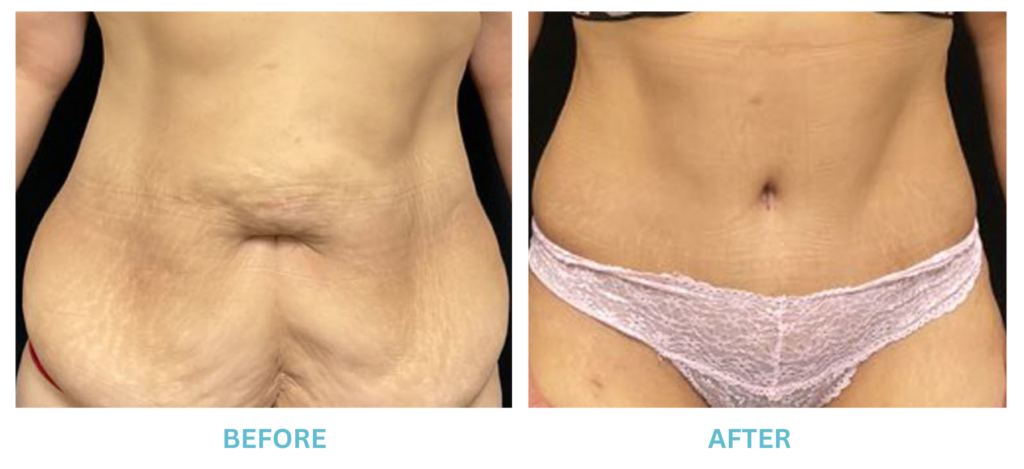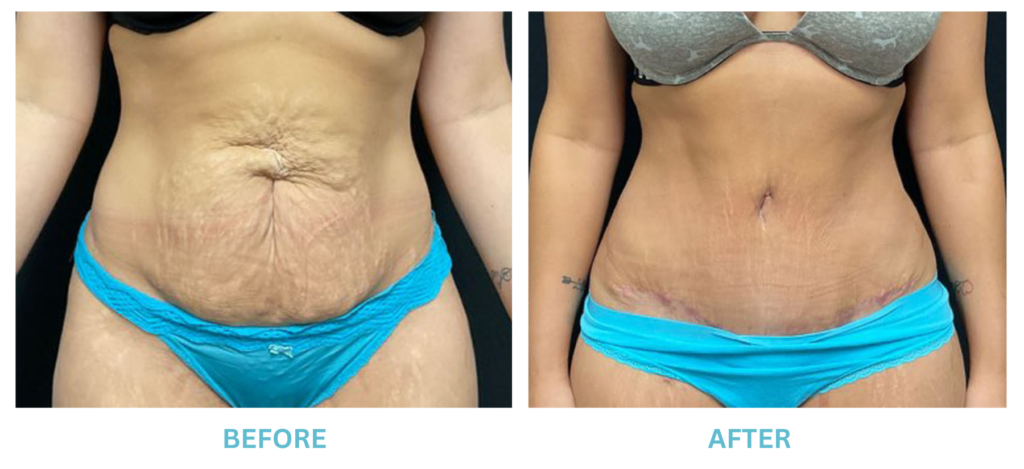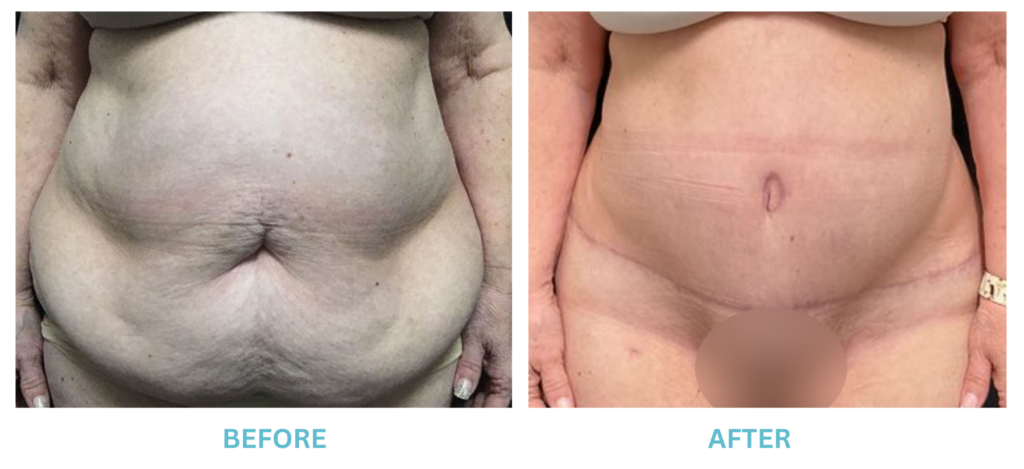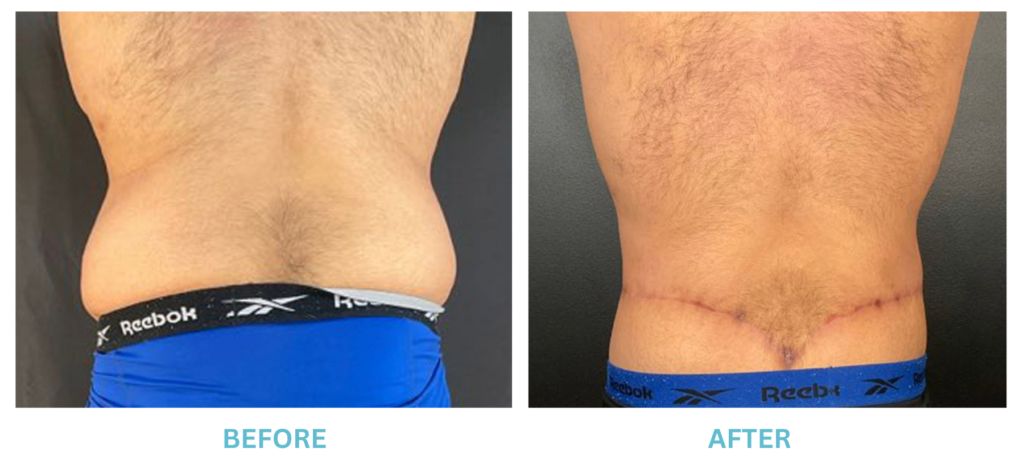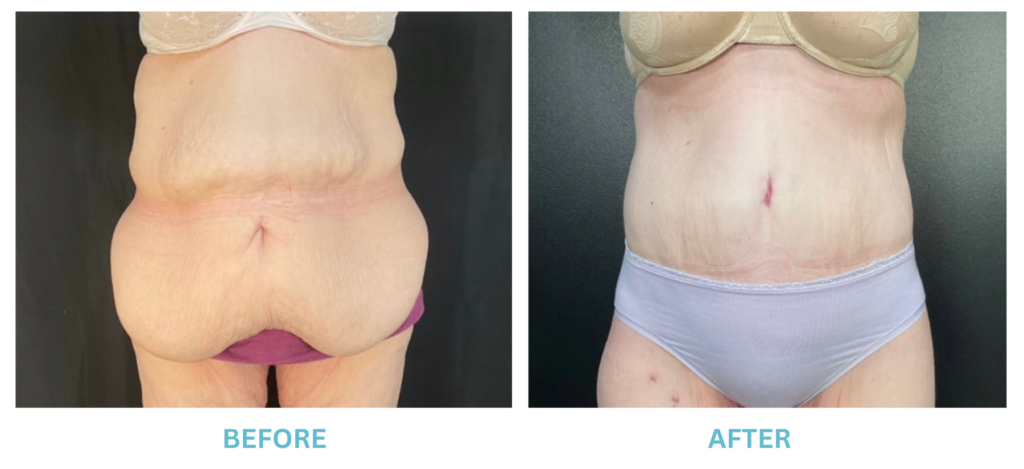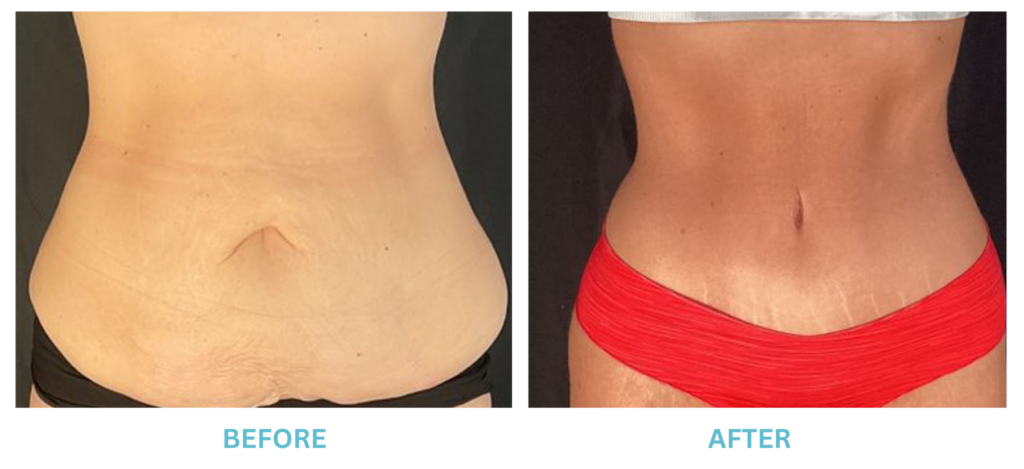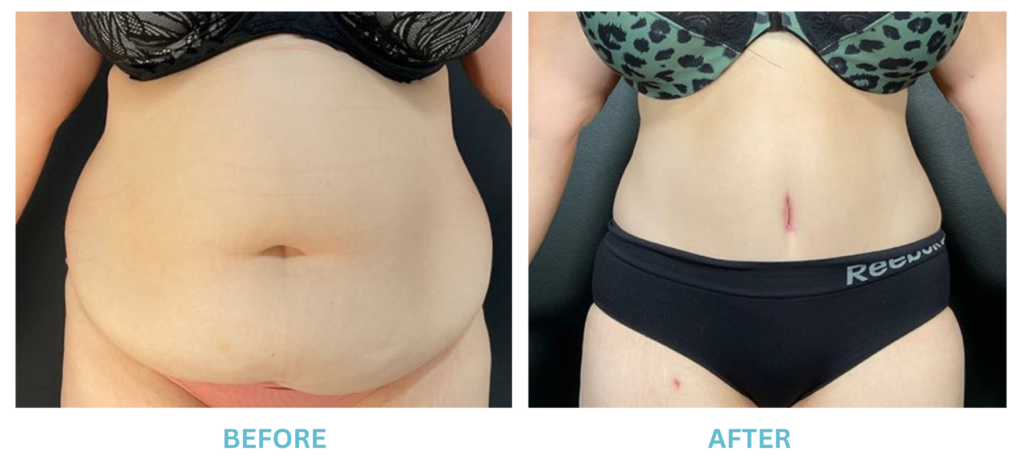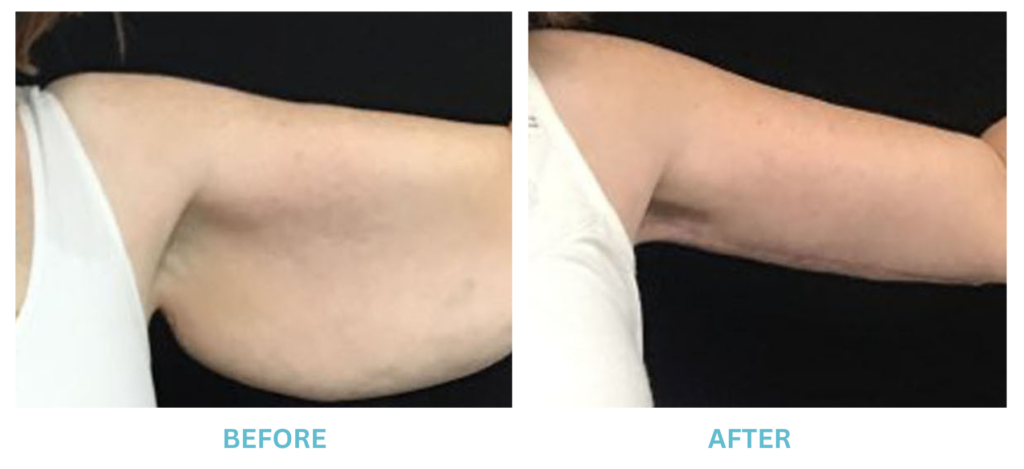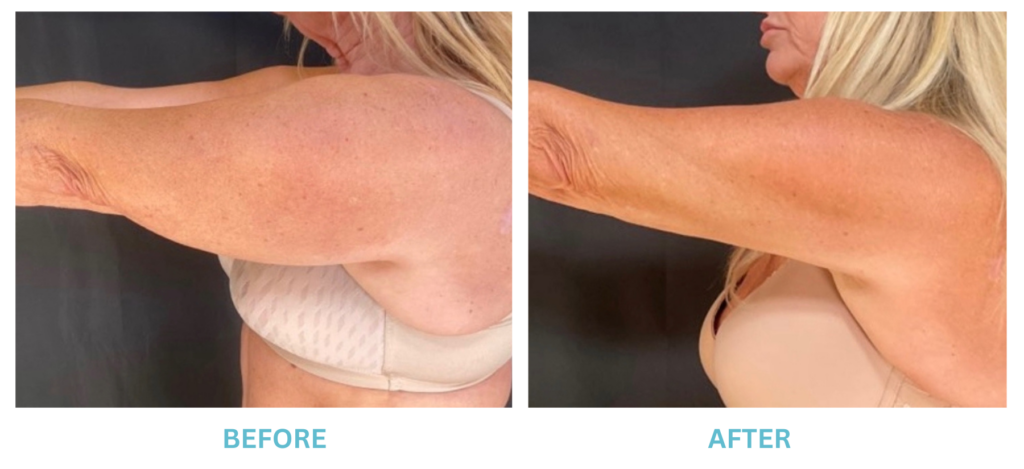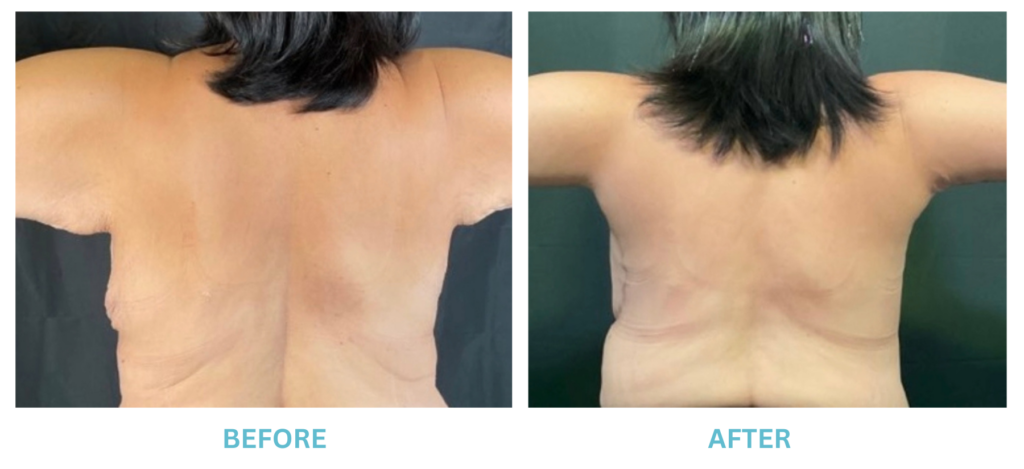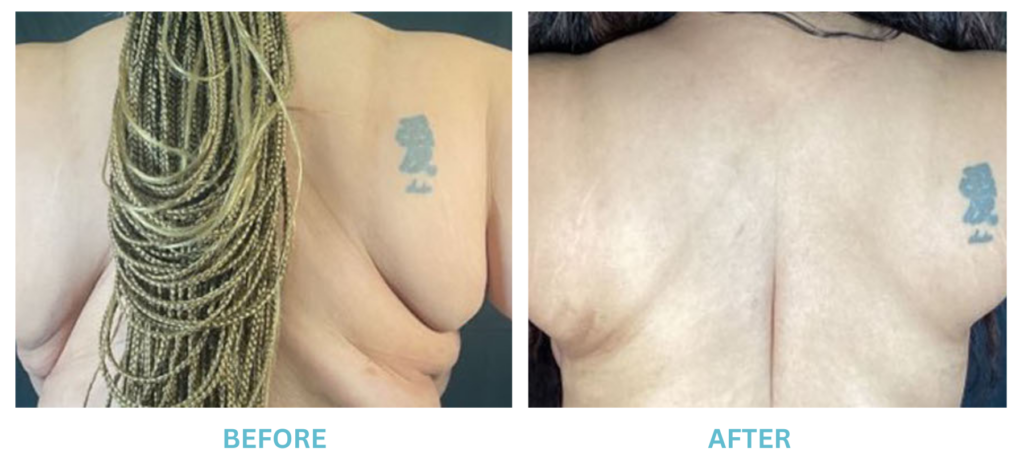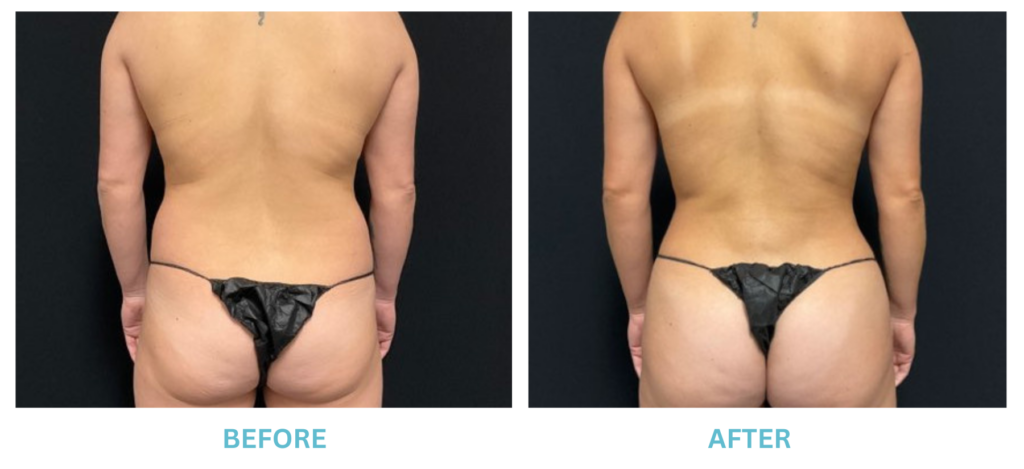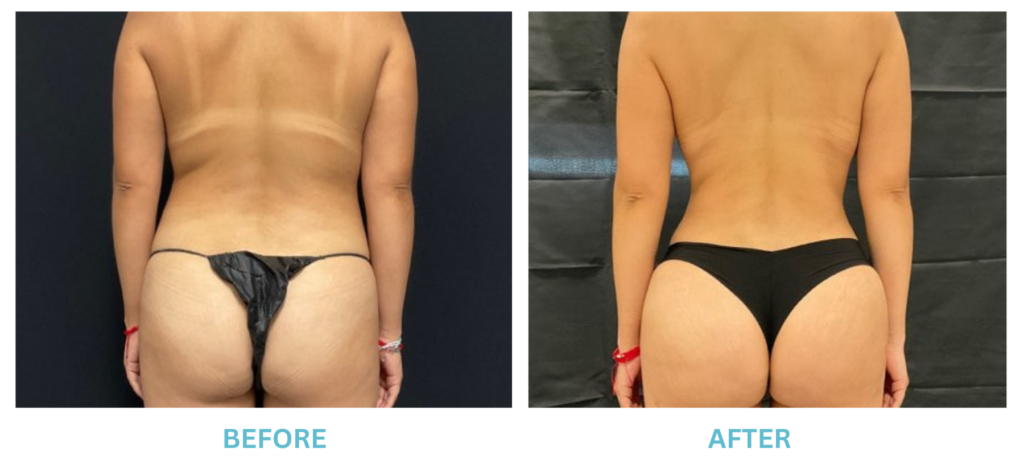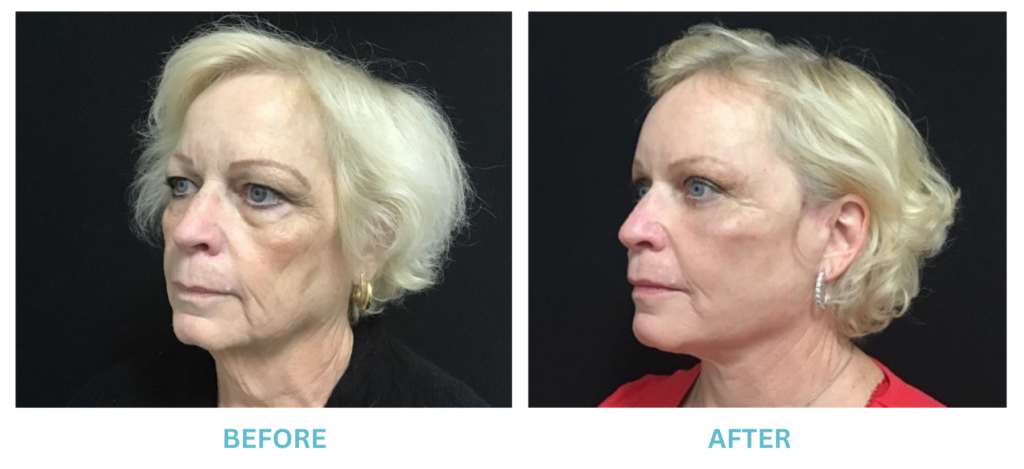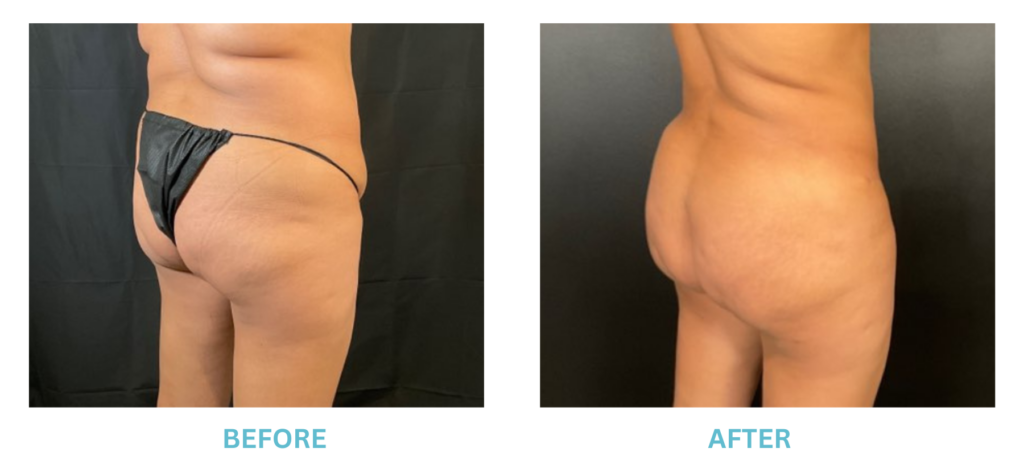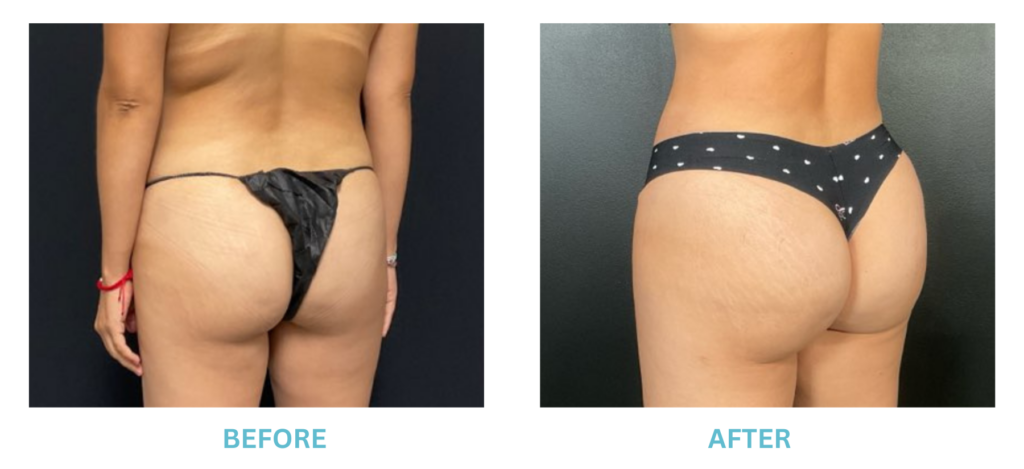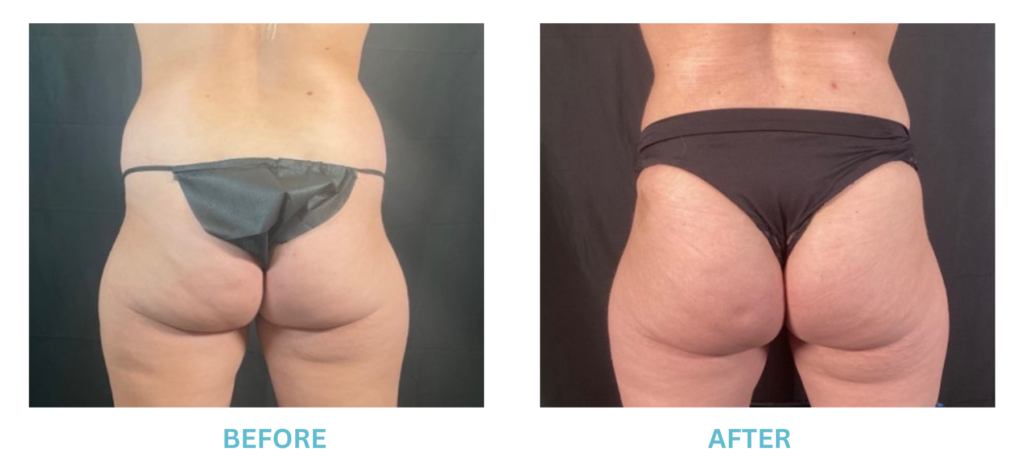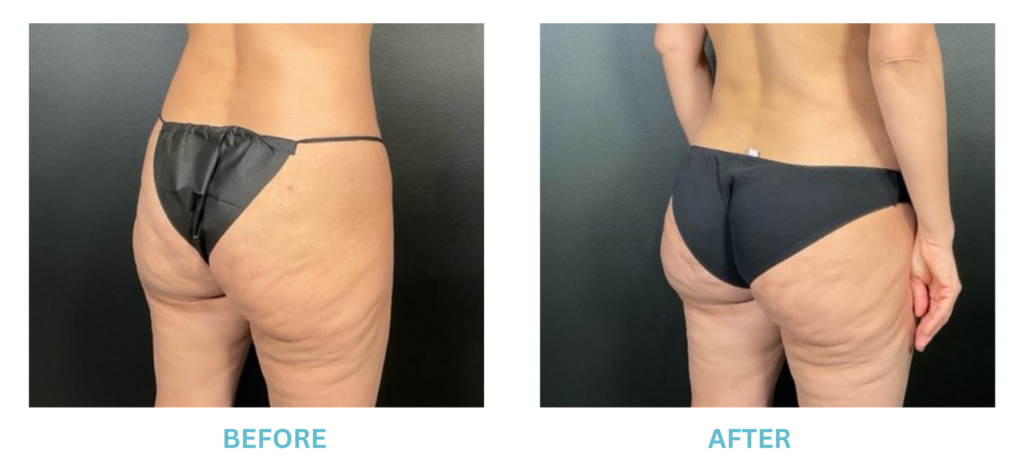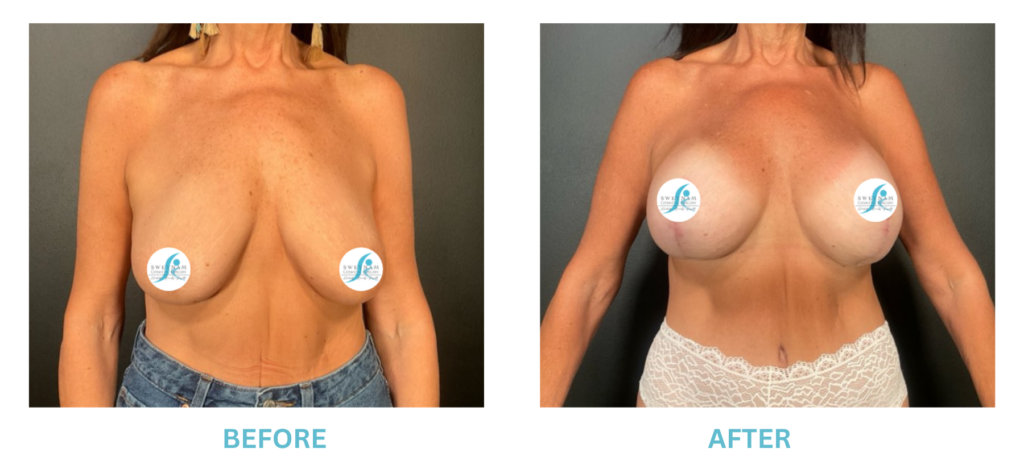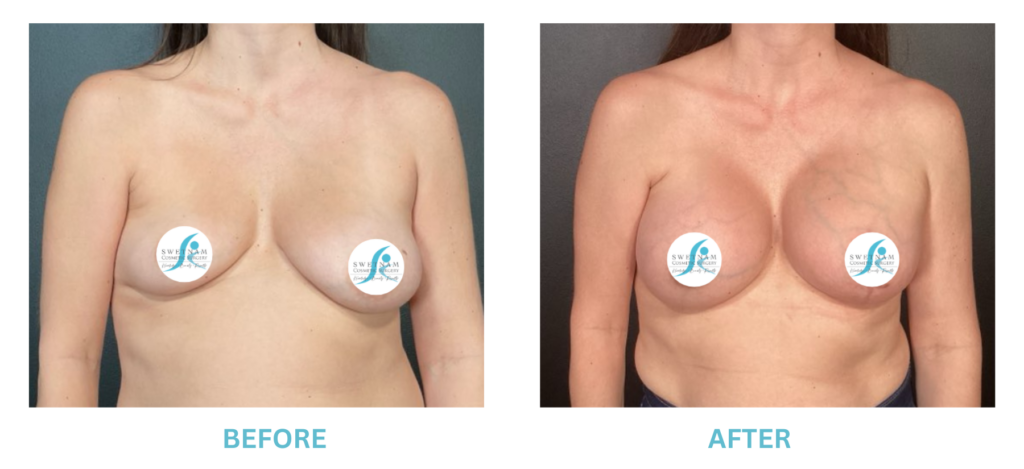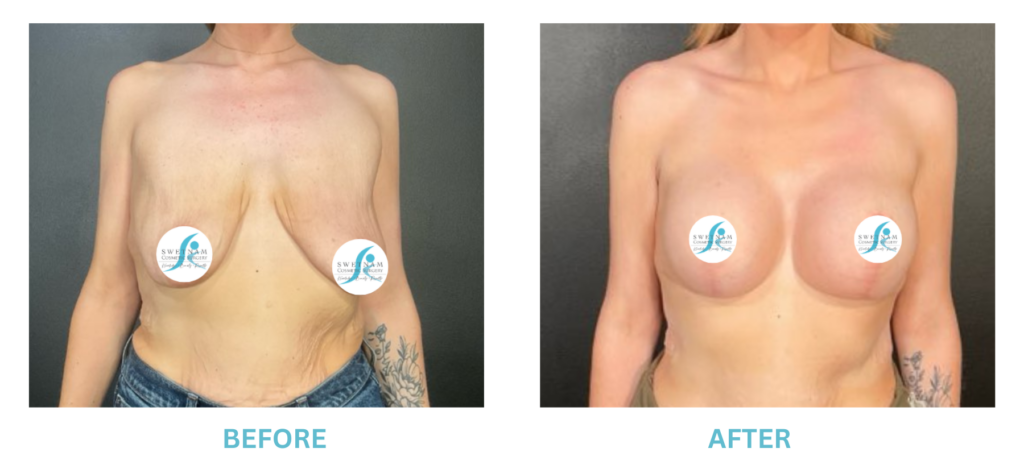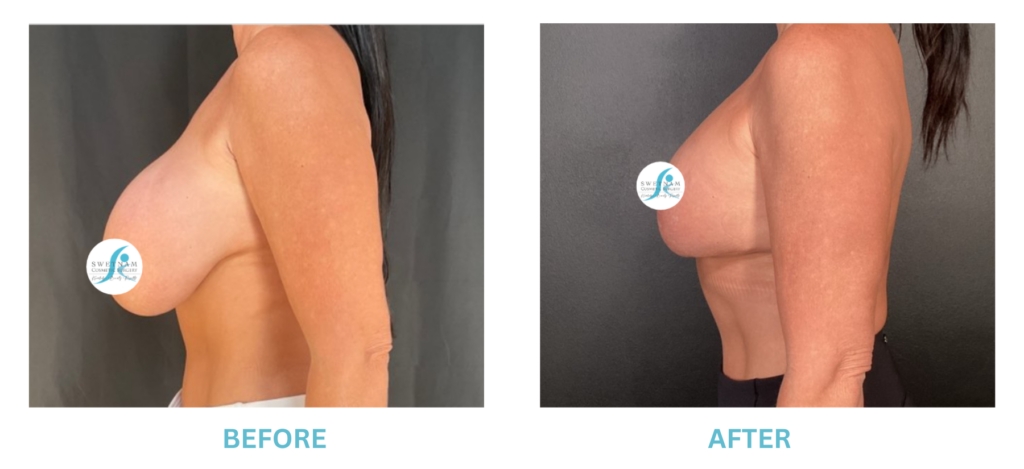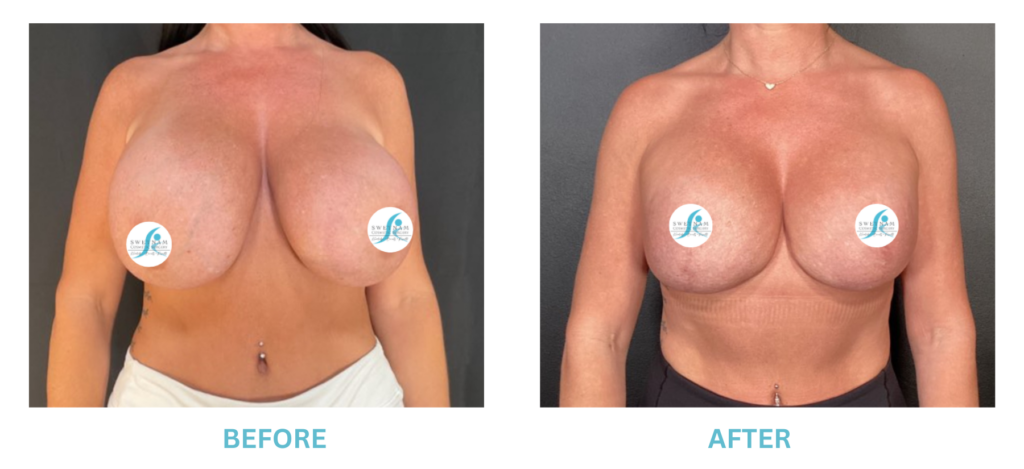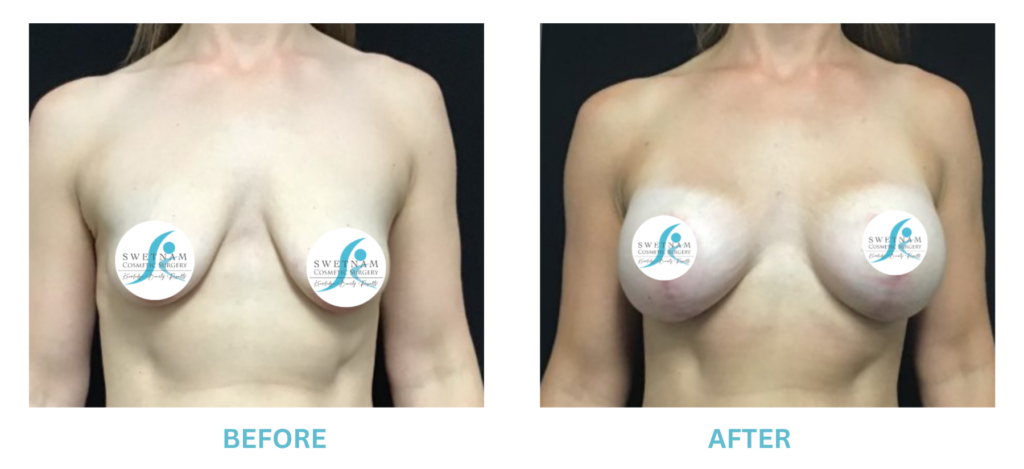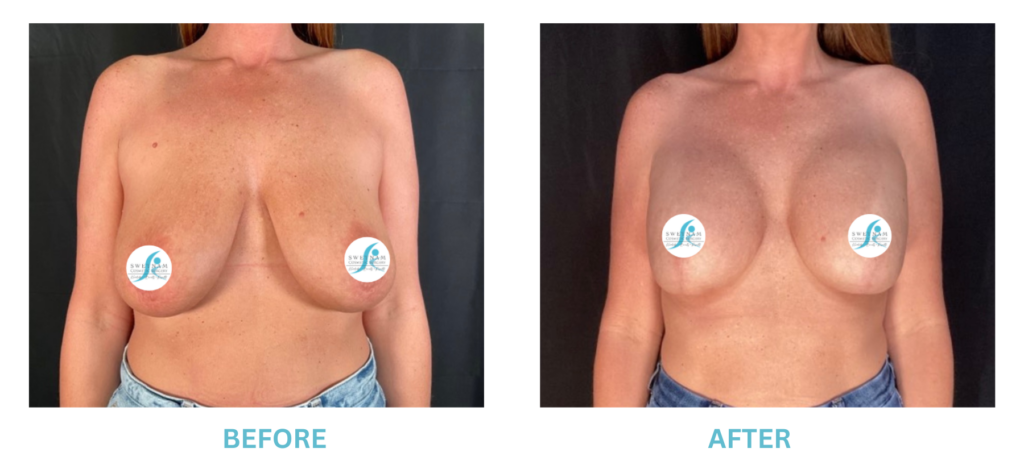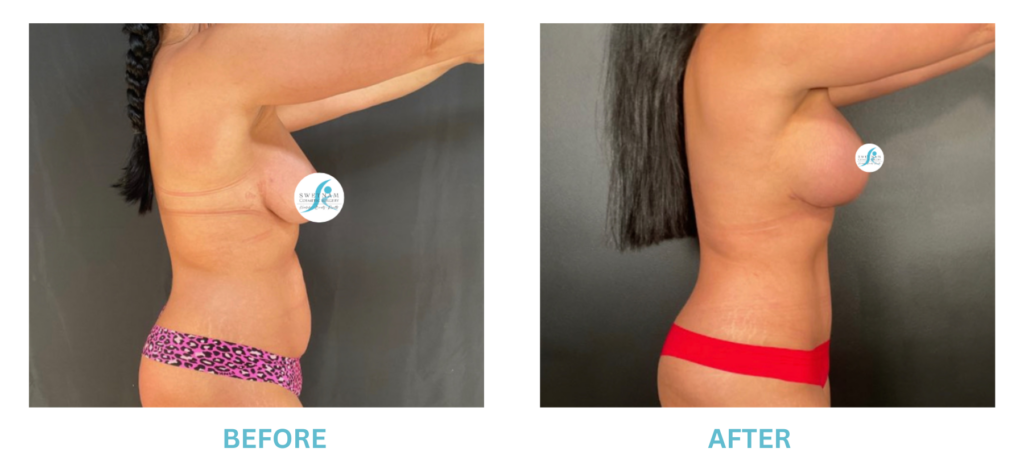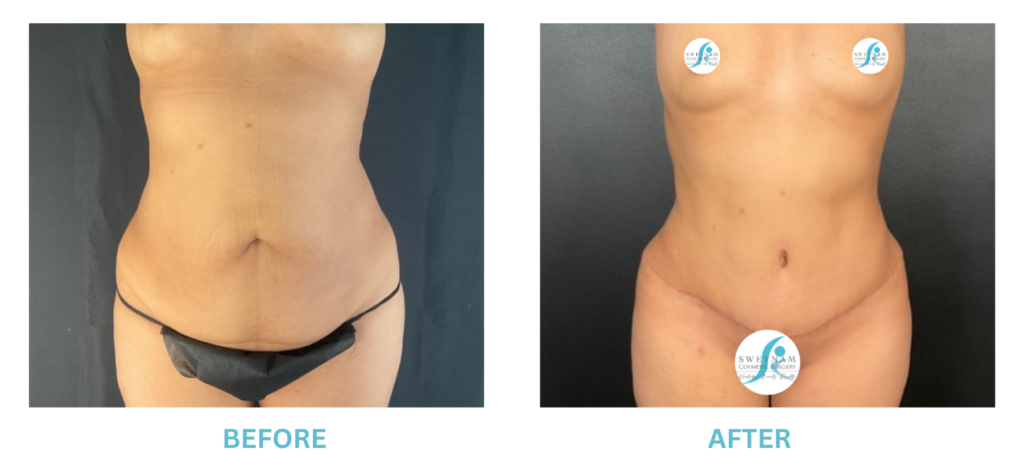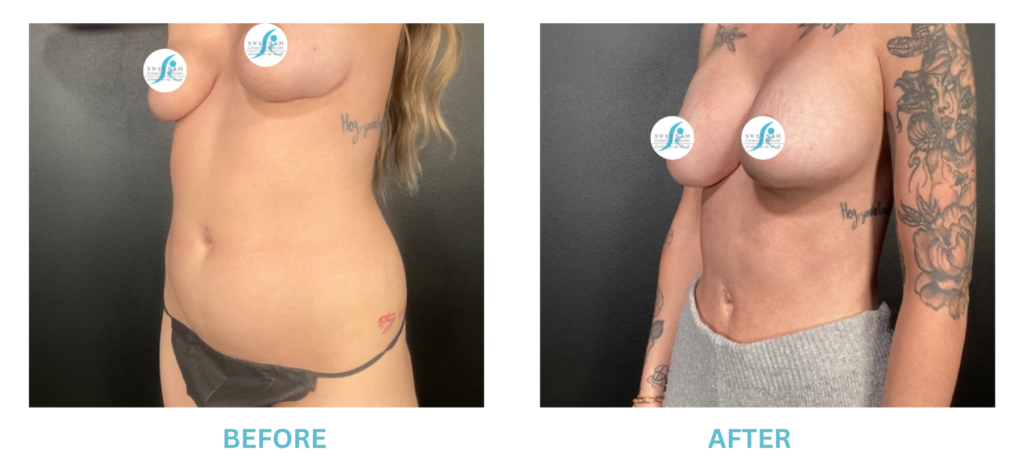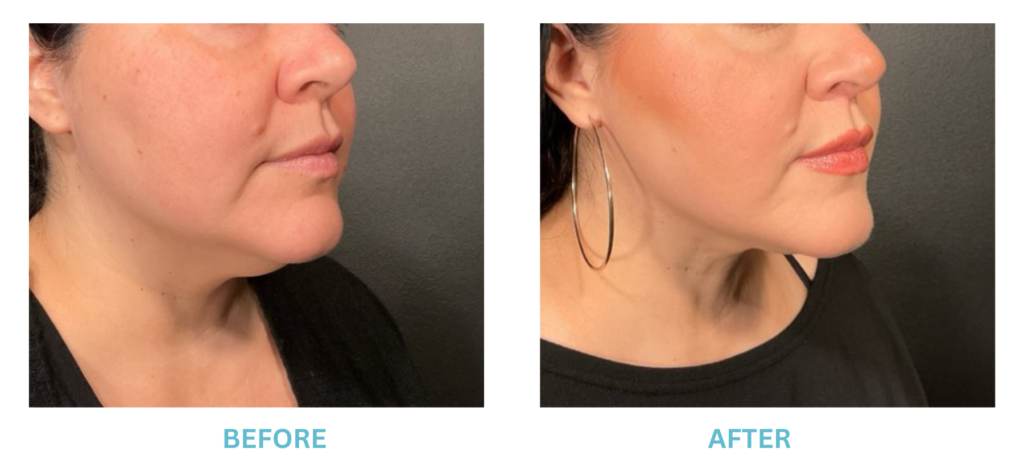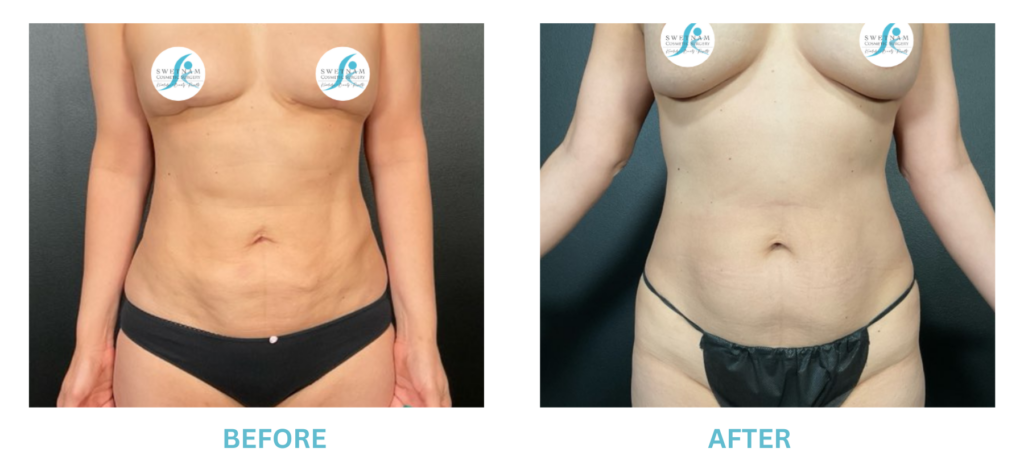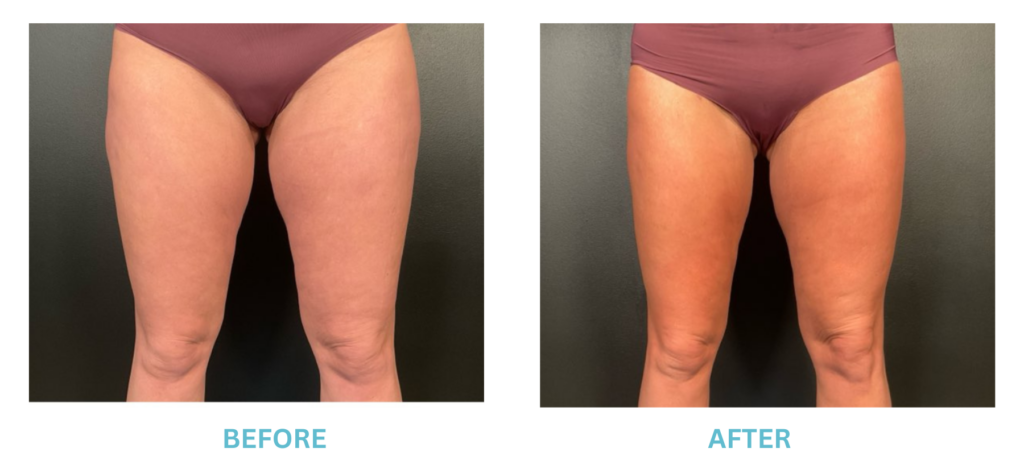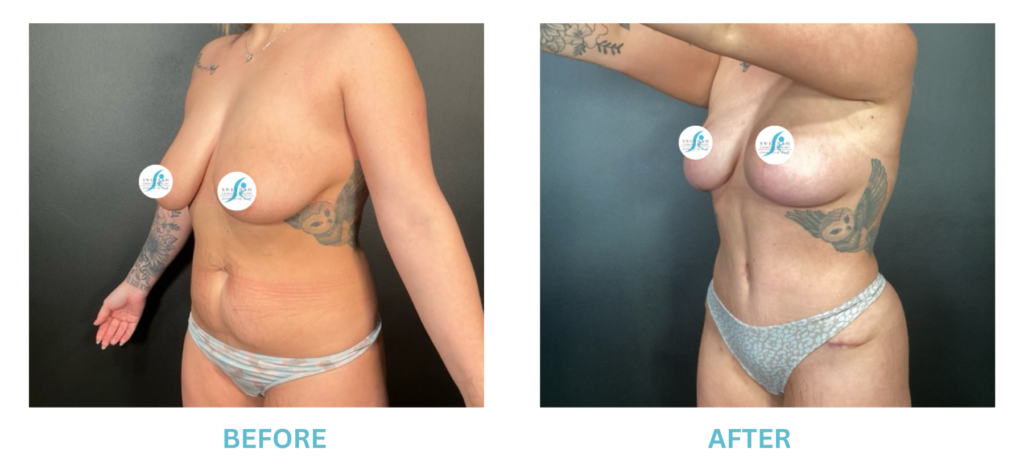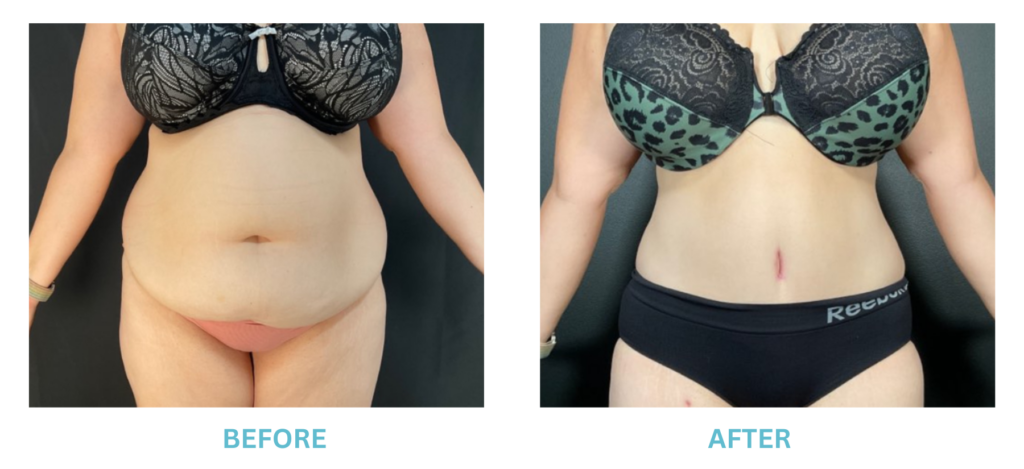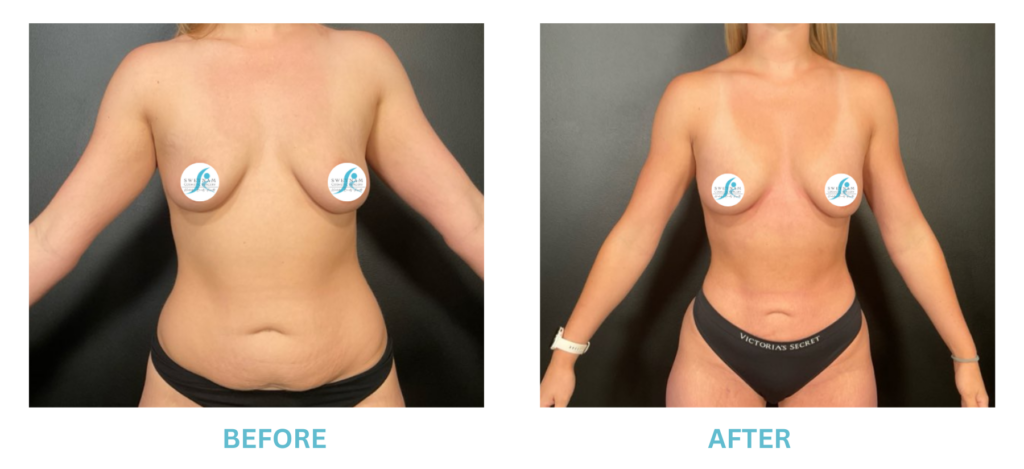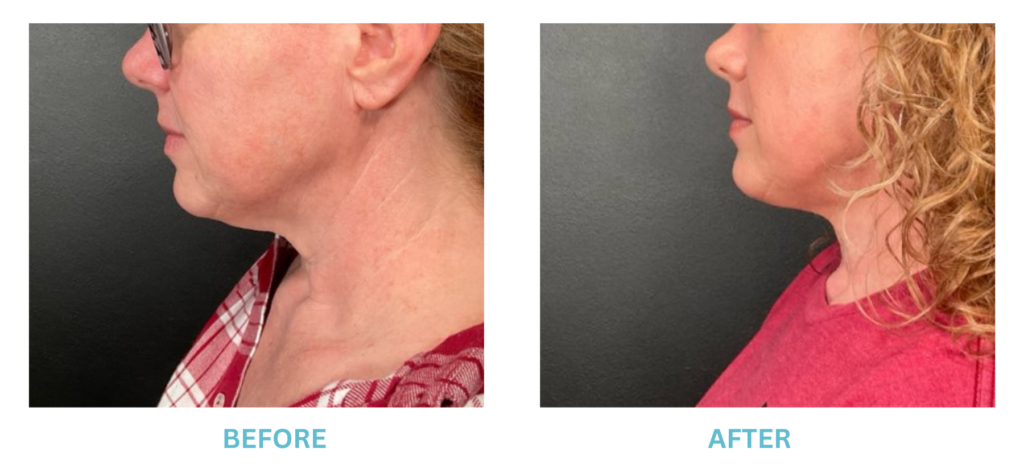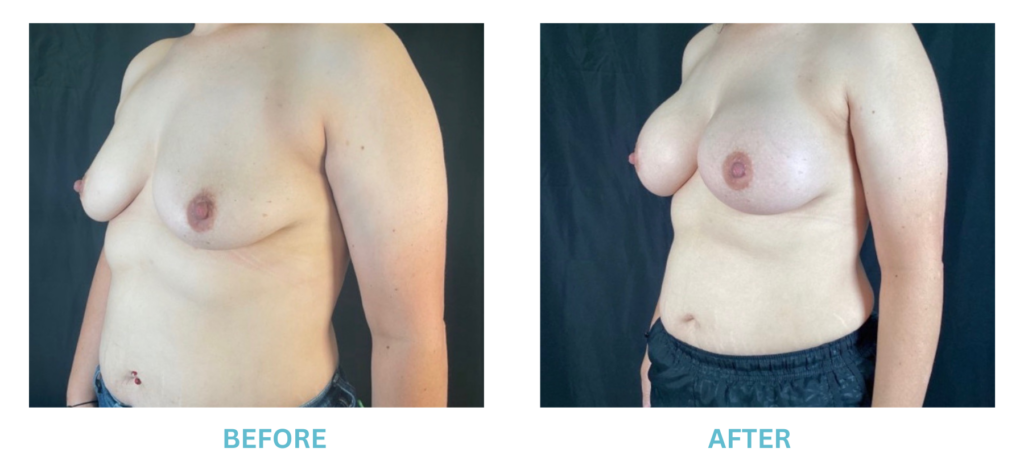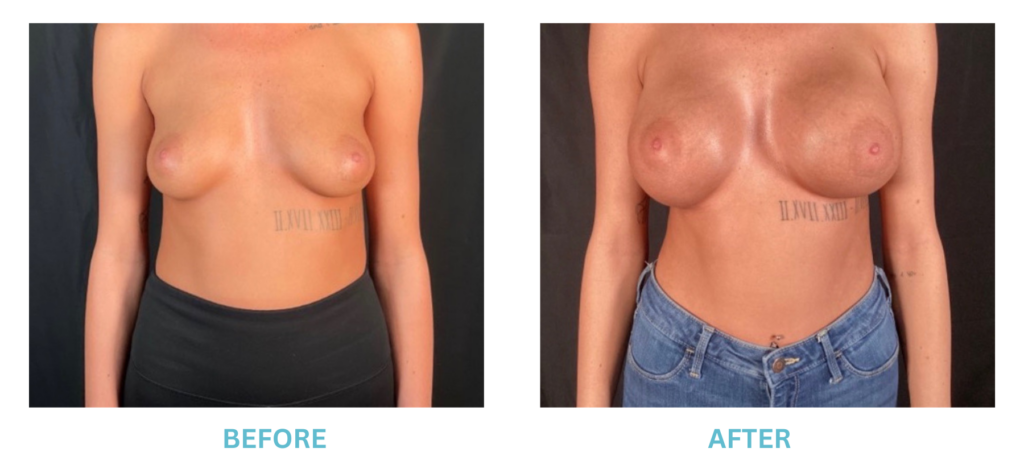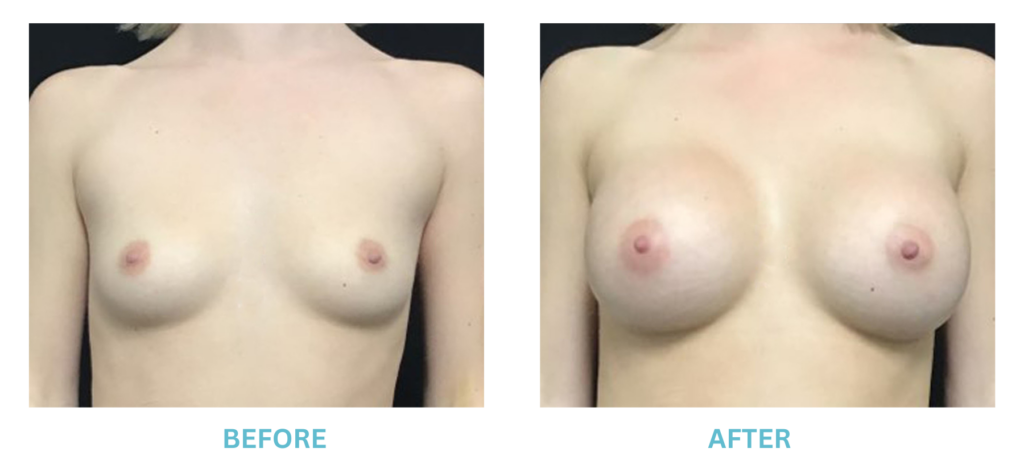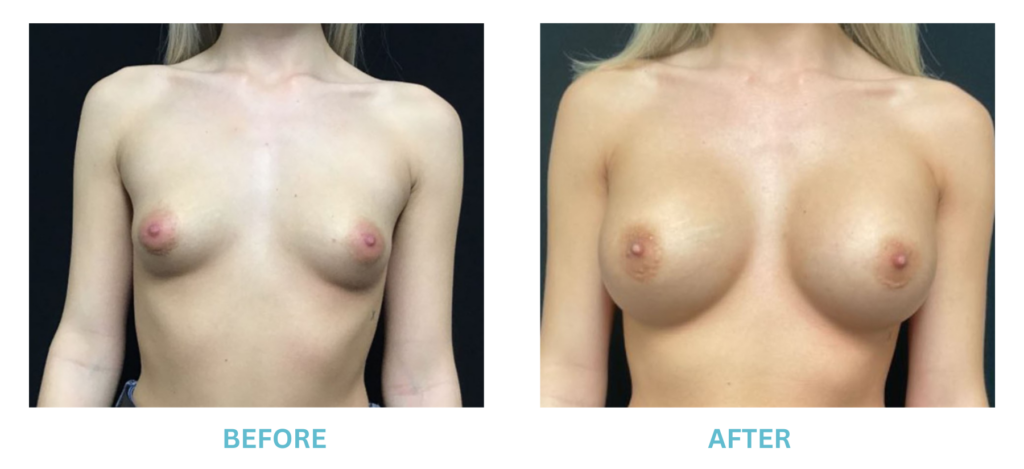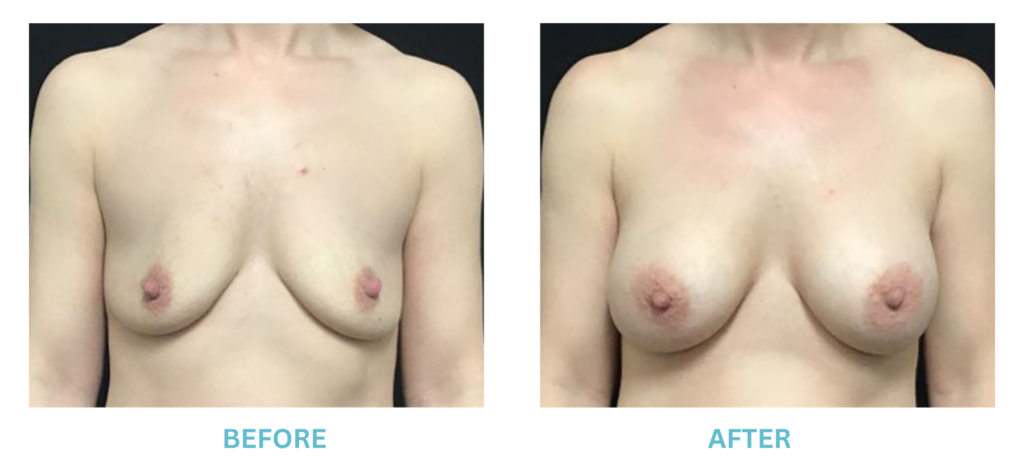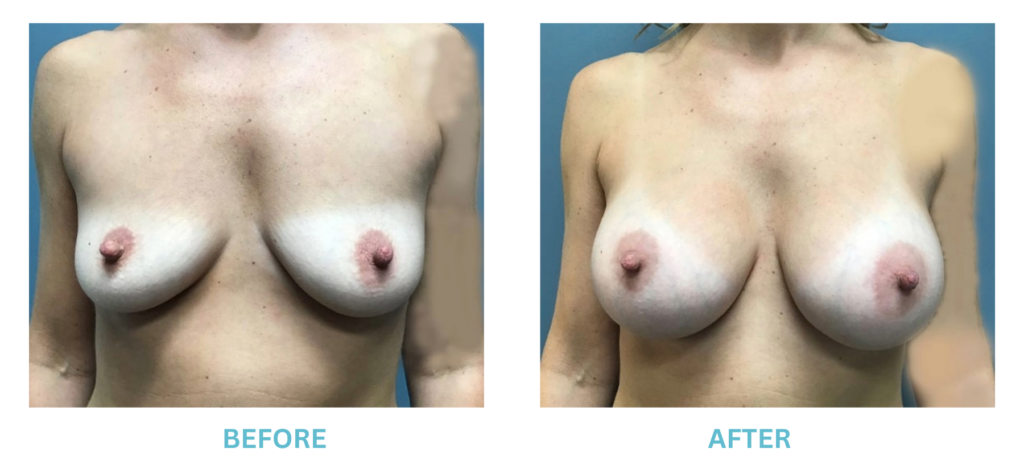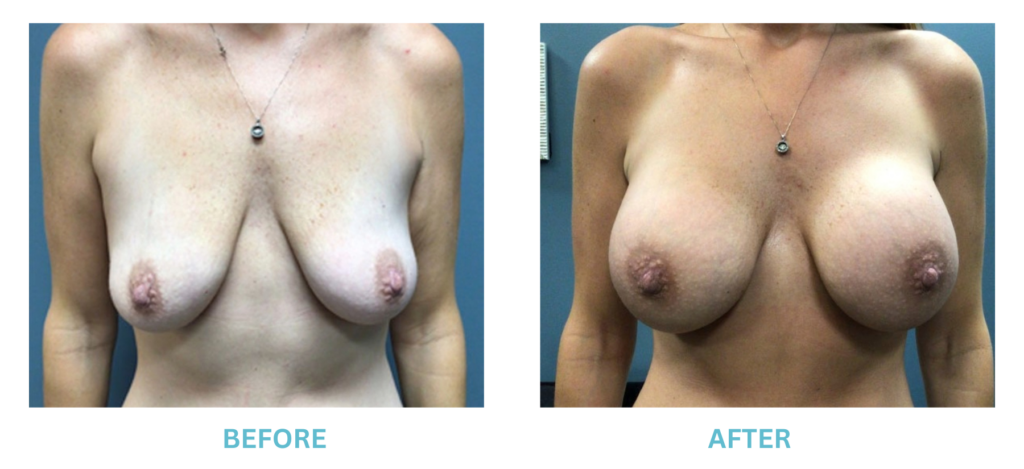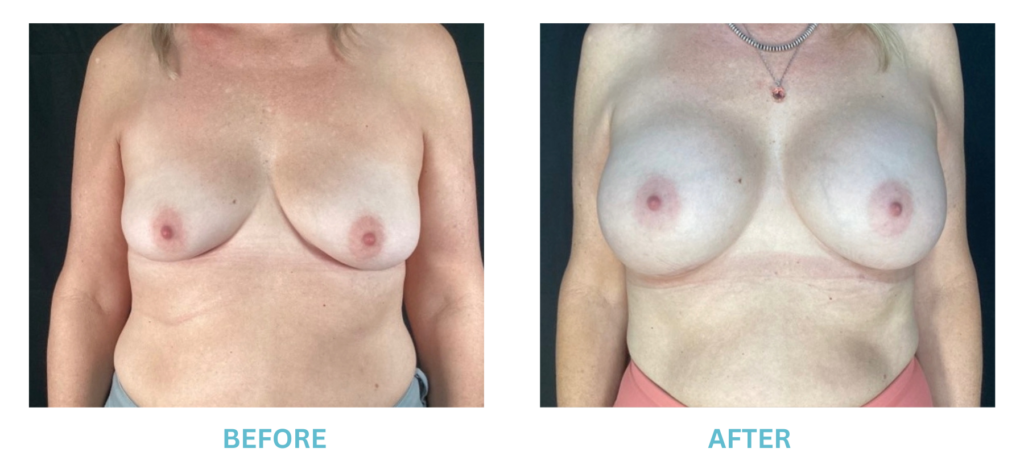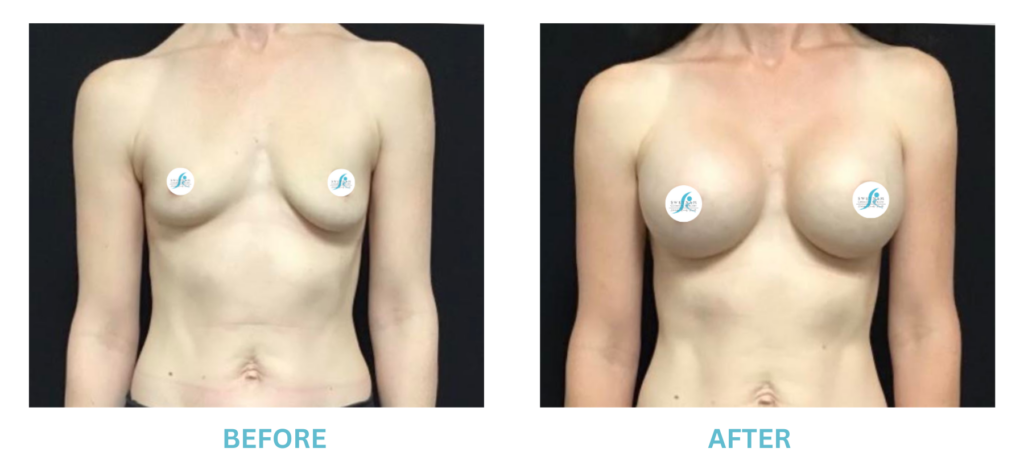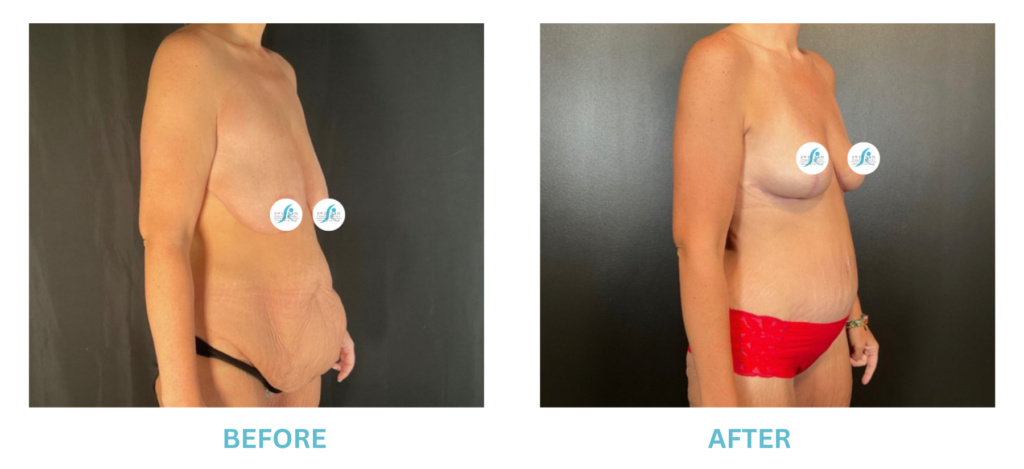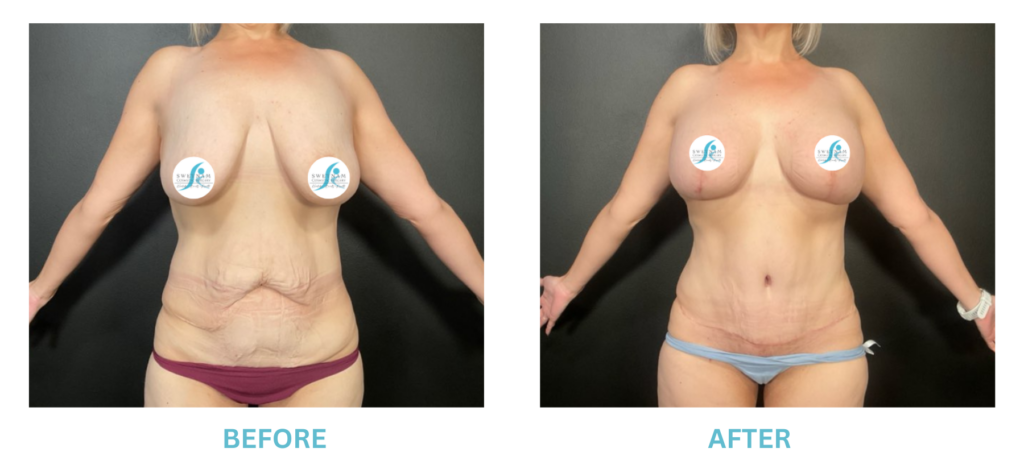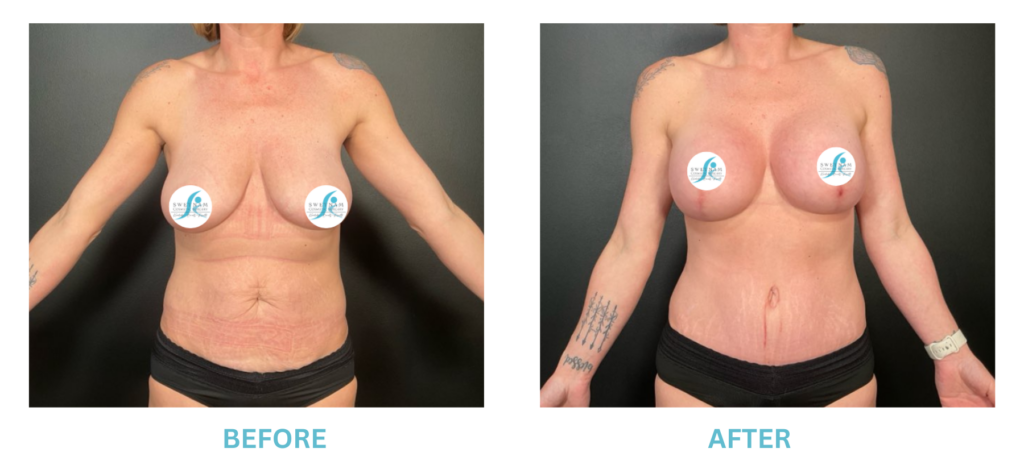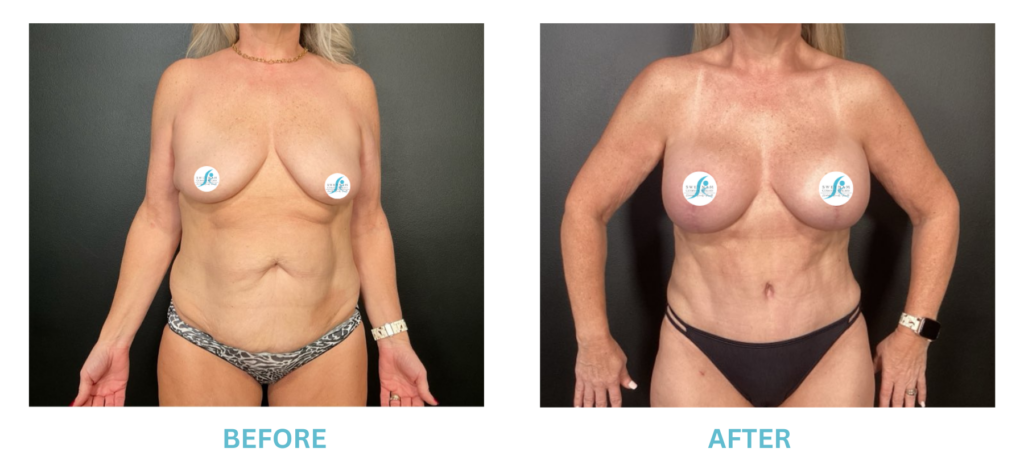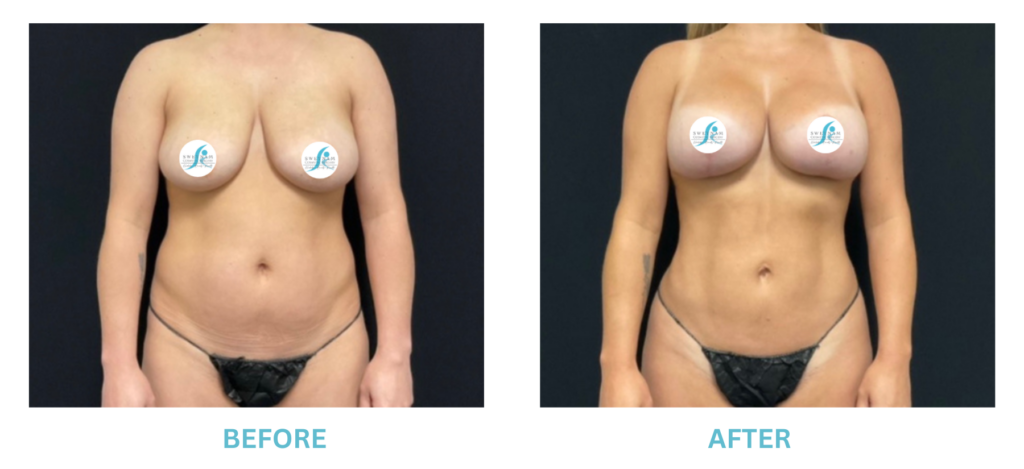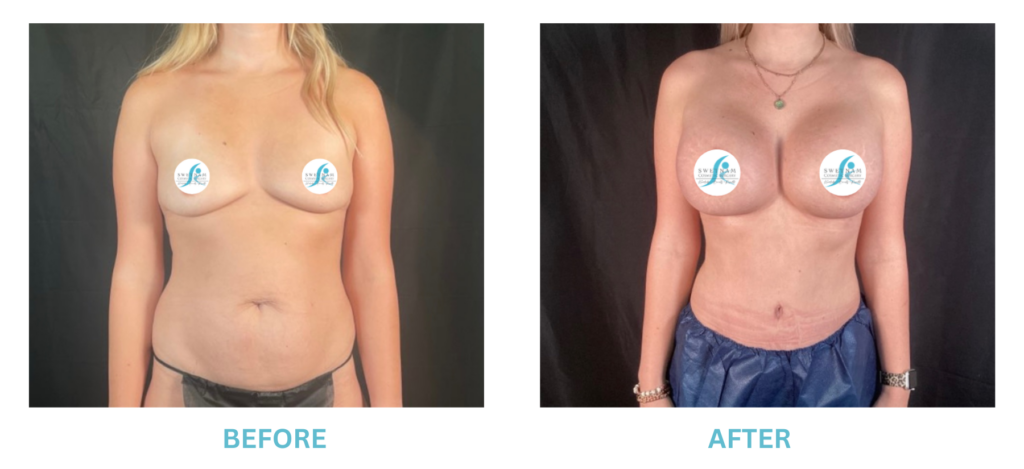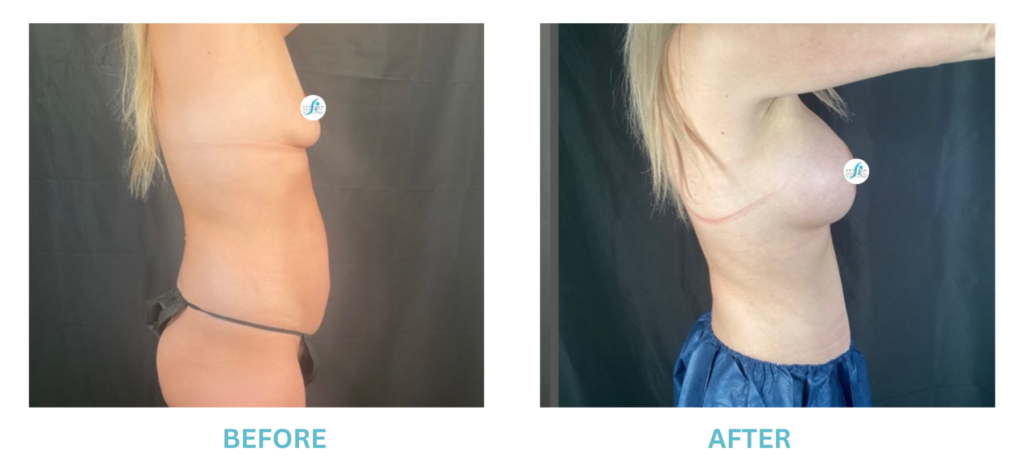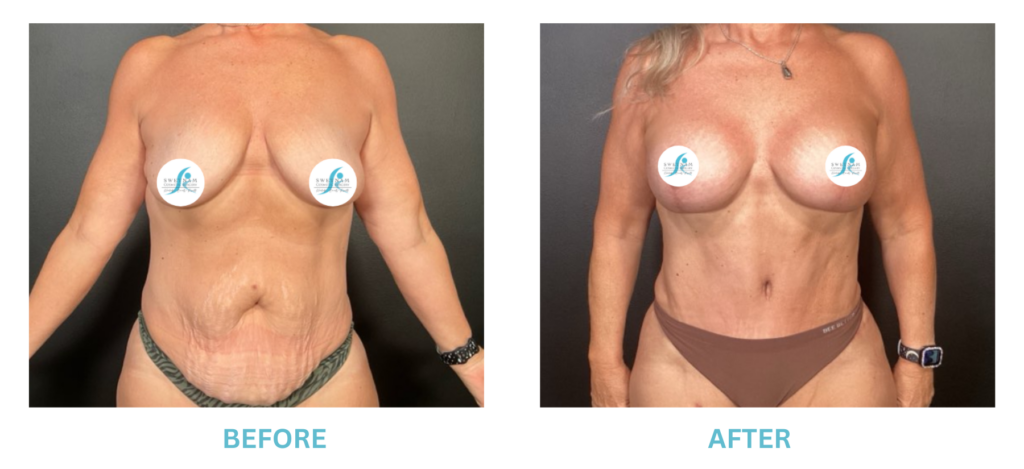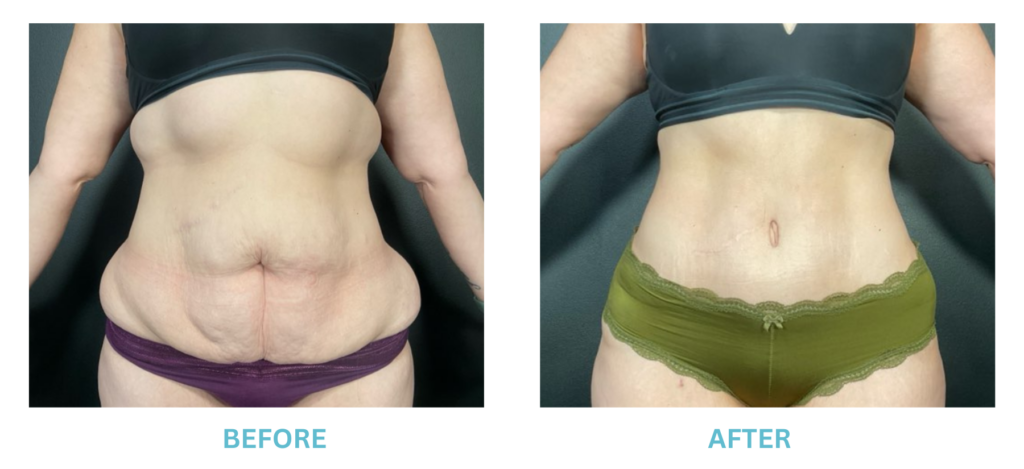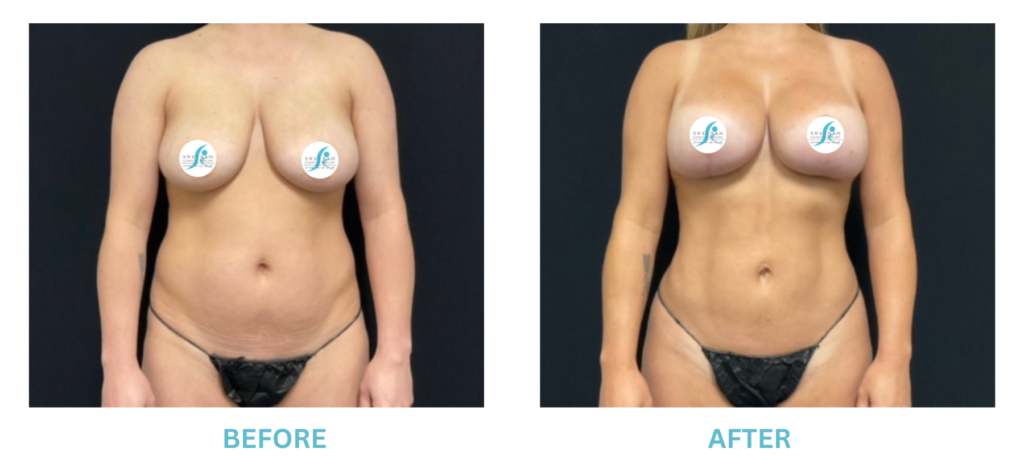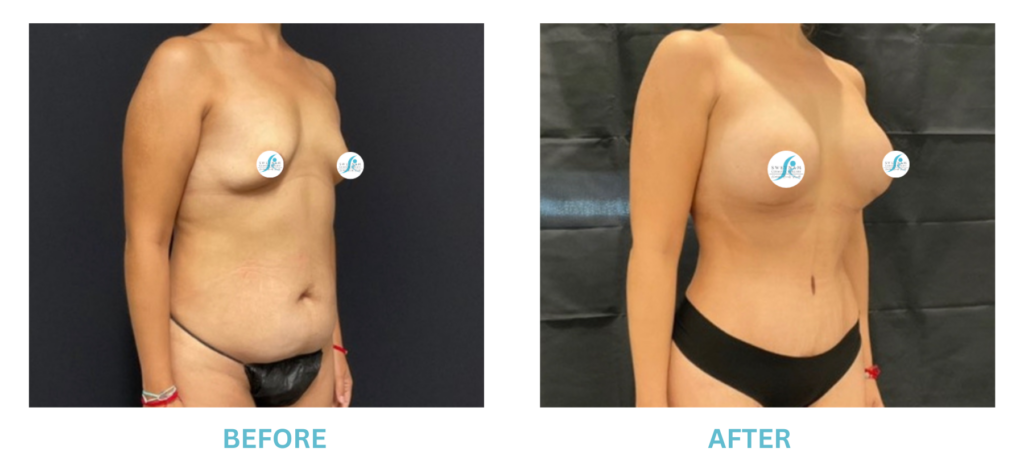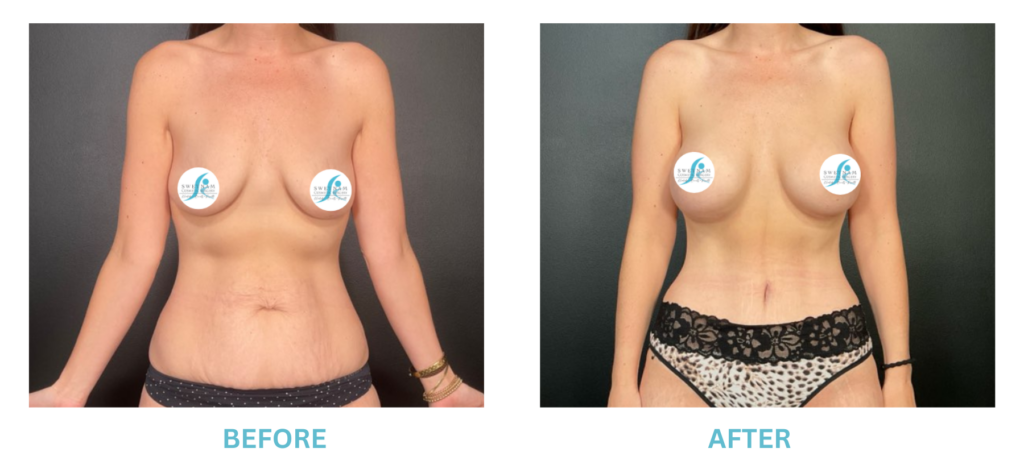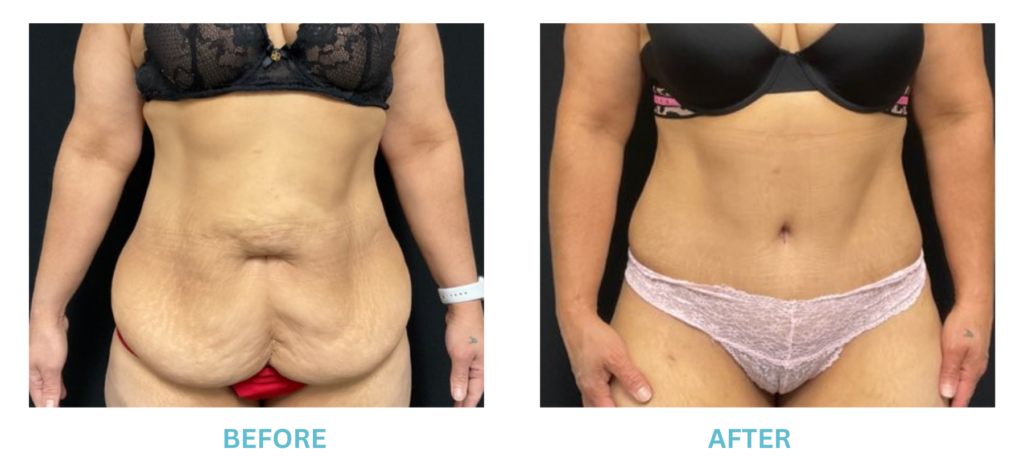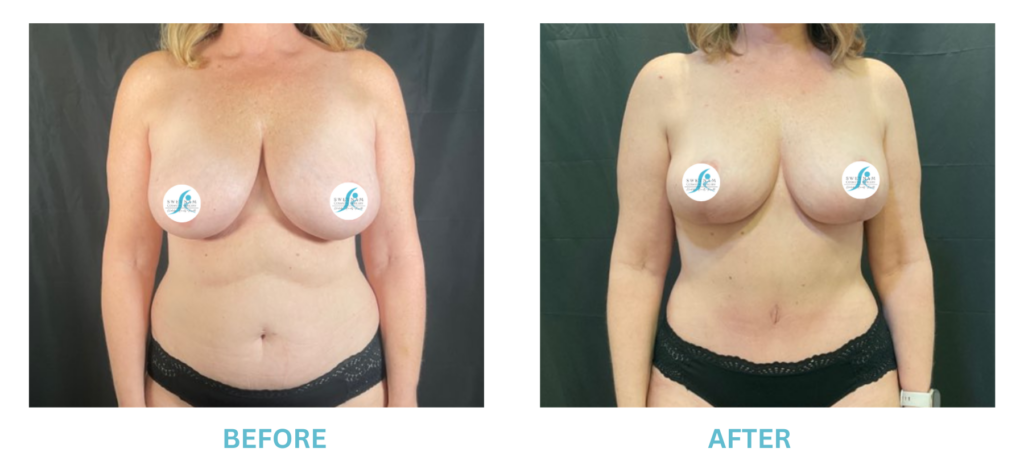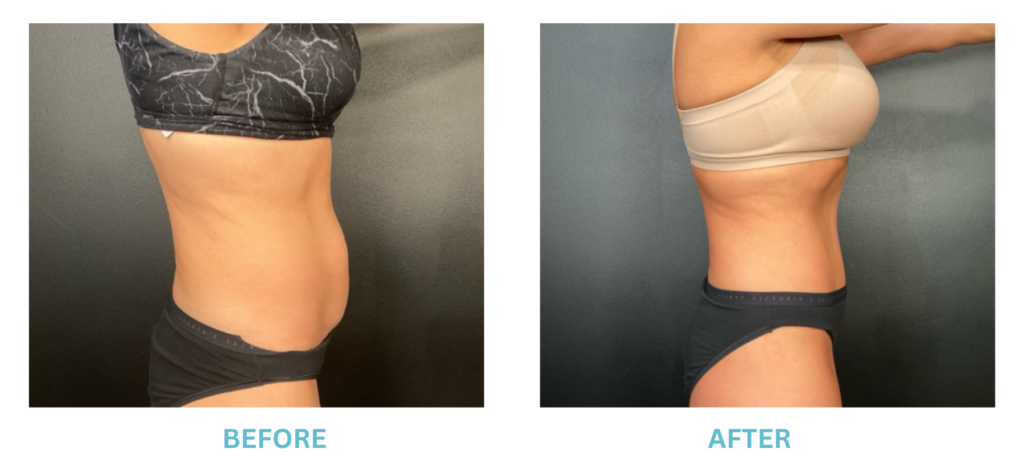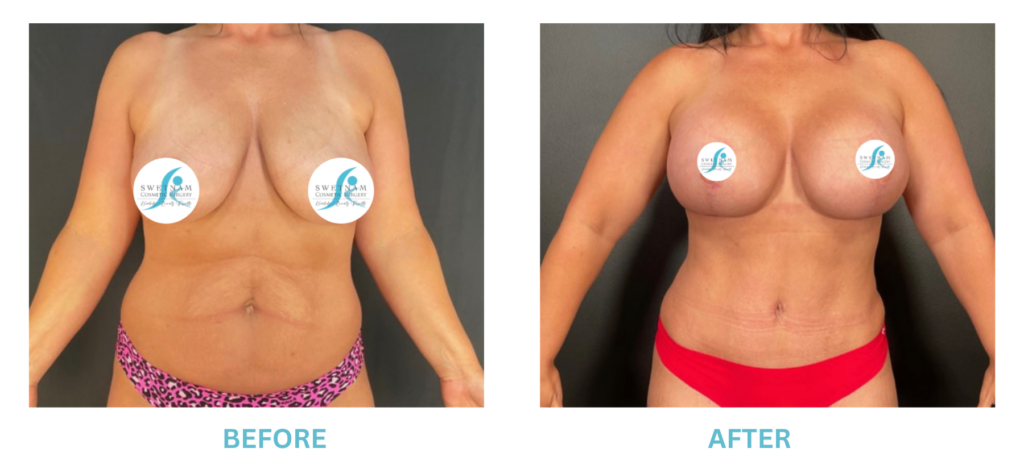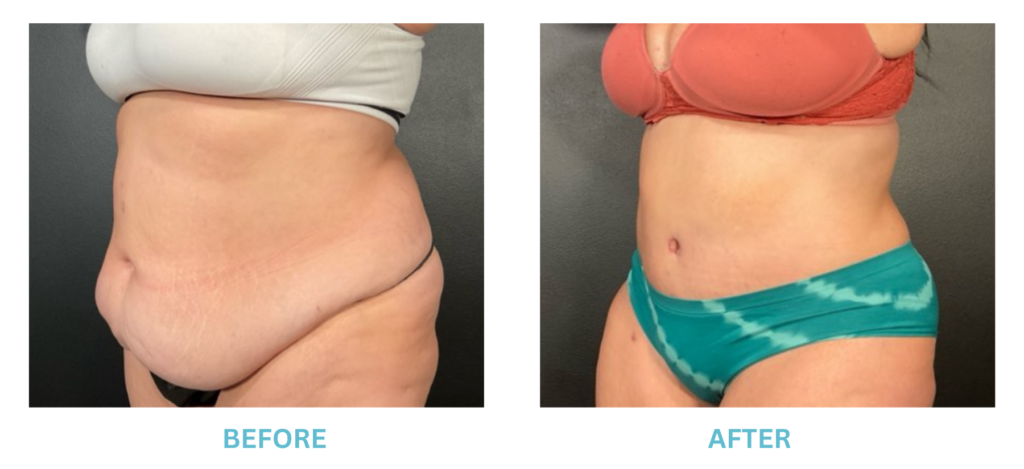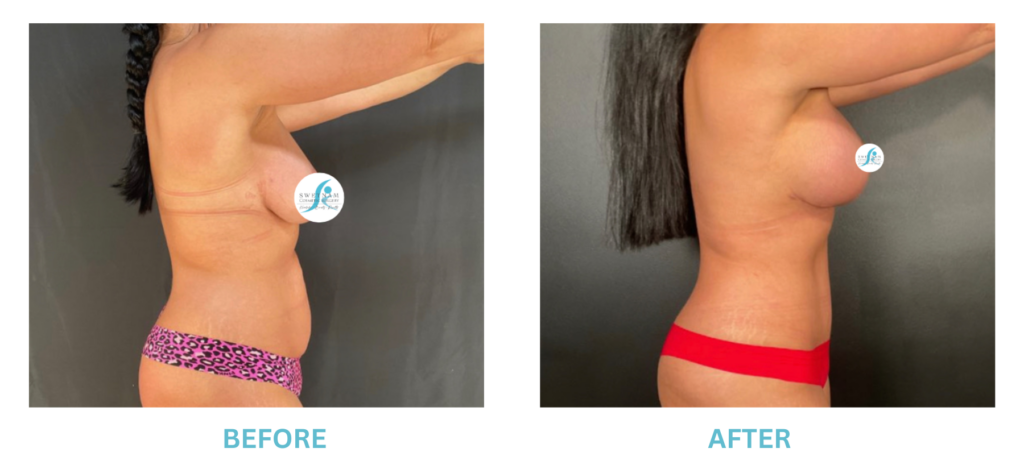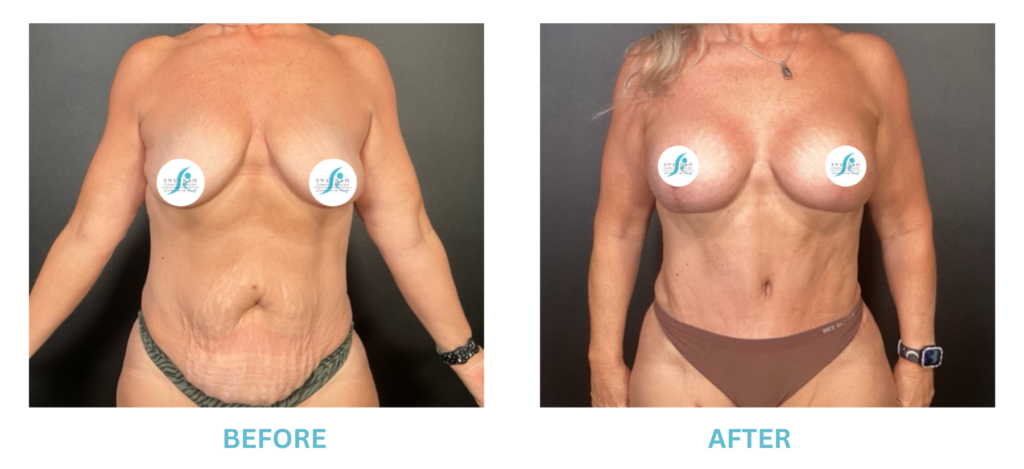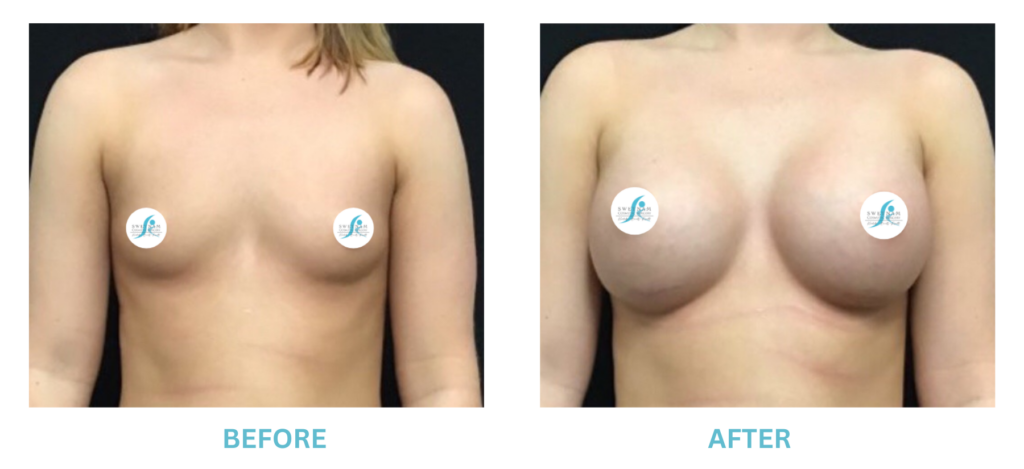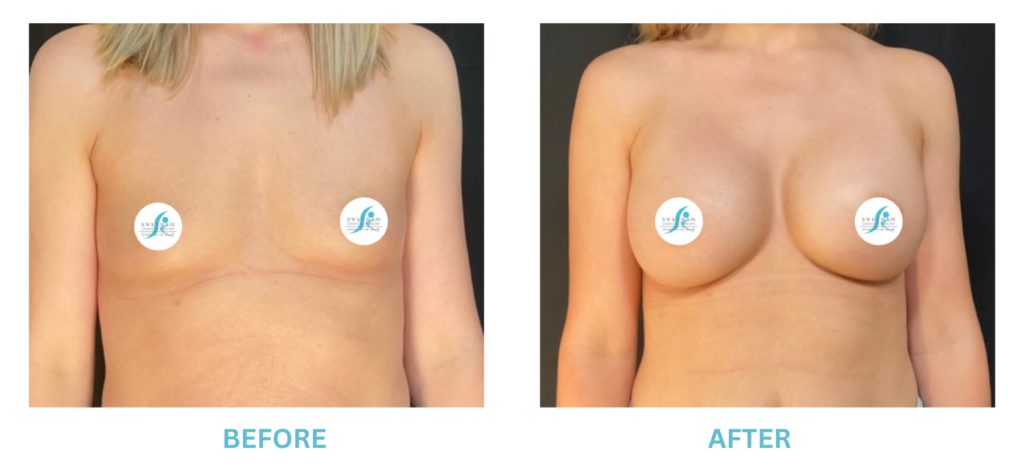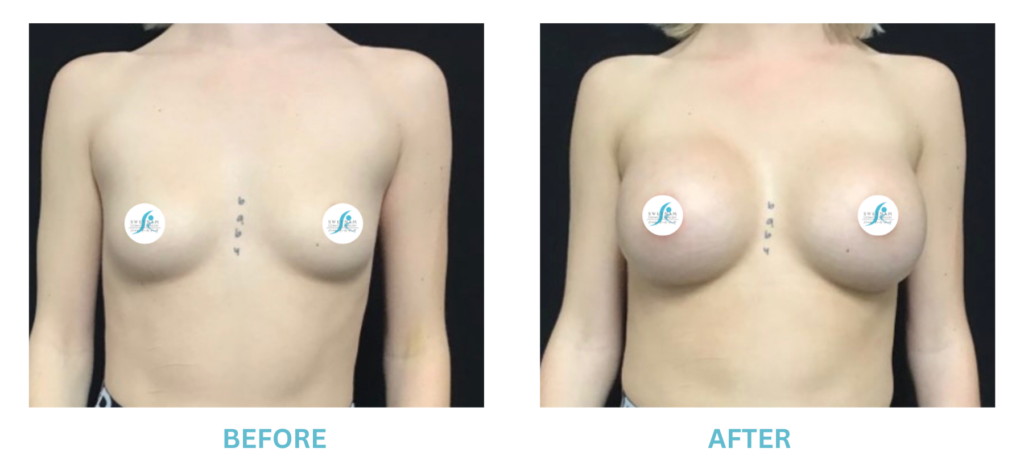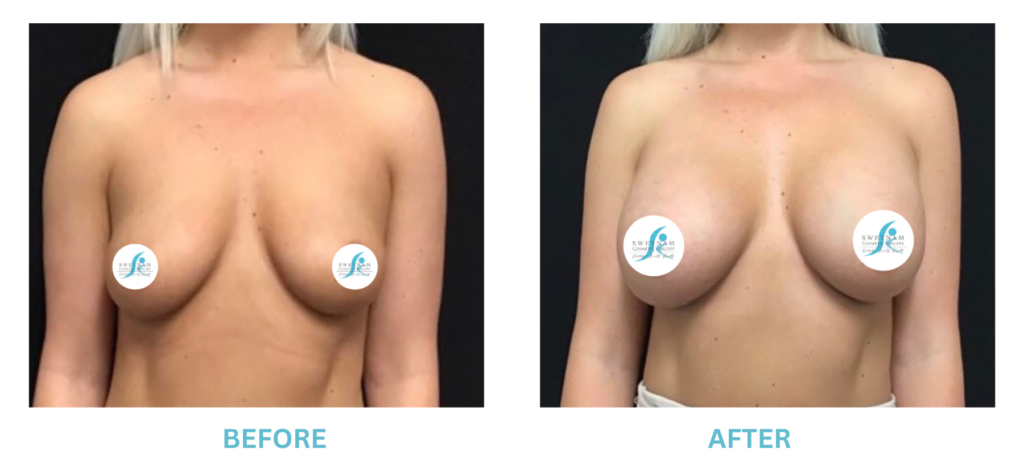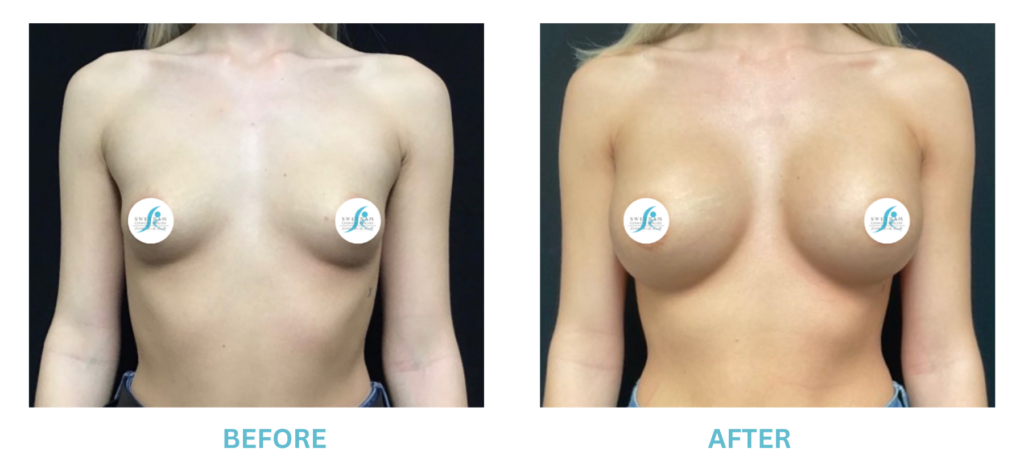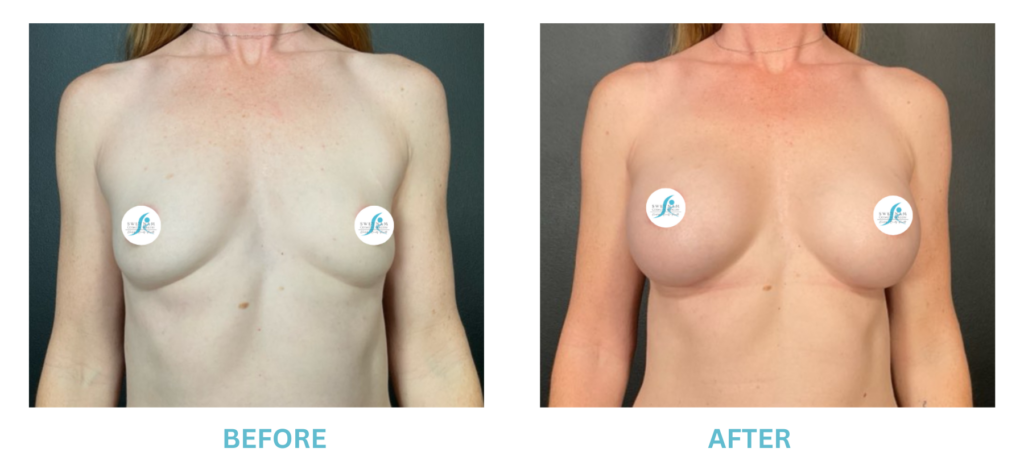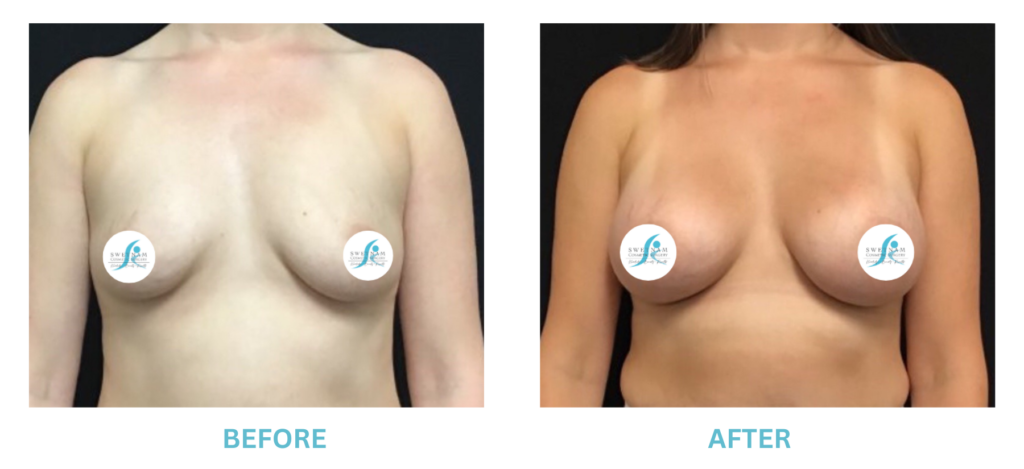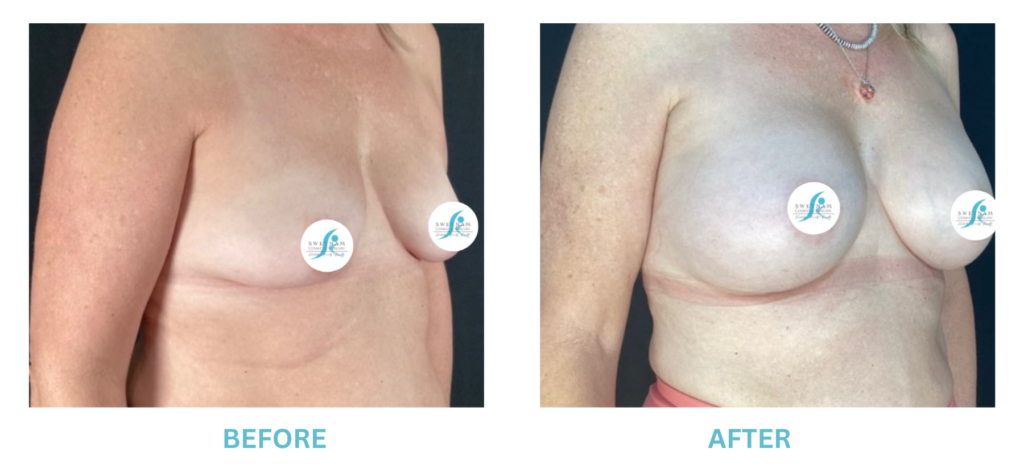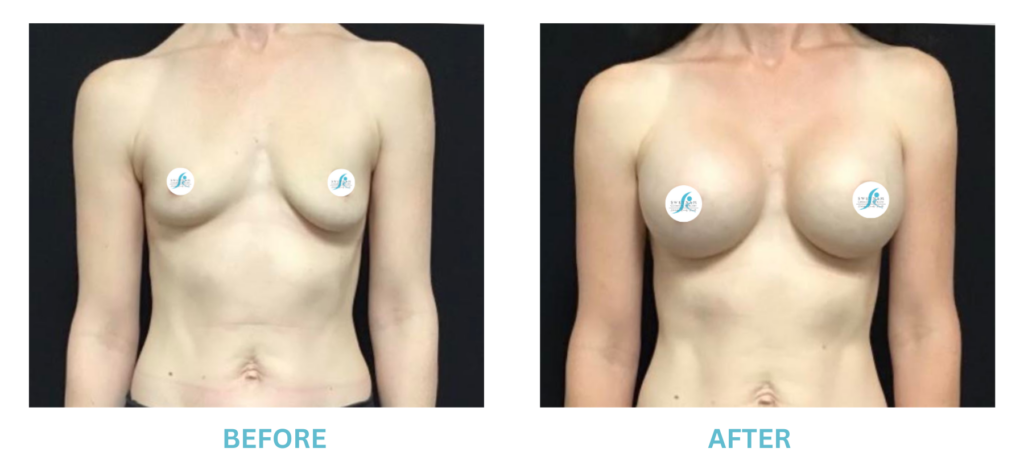Injectables for Acne Scars: Can Fillers Help?

Acne scars often linger long after breakouts have healed, serving as persistent reminders of past skin struggles. These scars can affect one’s self-esteem and confidence, making individuals seek effective solutions to restore their skin’s smooth appearance.
While topical treatments and laser therapies have their place, cosmetic injectables—particularly dermal fillers and Botox® treatments—have emerged as promising options for addressing acne scars. These minimally invasive procedures offer immediate results with little to no downtime, making them an attractive choice for many.
At Swetnam Cosmetic Surgery, we specialize in personalized injectable treatments designed to rejuvenate your skin and diminish the appearance of acne scars.
Understanding Acne Scars—and How Injectables Can Help
Acne scars result from the skin’s healing process following inflammation caused by acne lesions. When the skin’s tissue is damaged, the body produces collagen to repair it. If too little collagen is produced, depressions or “atrophic” scars form; if too much, raised or “hypertrophic” scars develop.
Common types of atrophic acne scars include:
- Ice pick scars: Deep, narrow scars that extend into the dermis.
- Boxcar scars: Broad depressions with sharply defined edges.
- Rolling scars: Wide depressions with a rolling or undulating appearance.
These scars can be challenging to treat, but dermal fillers offer a viable solution by elevating the depressed areas to match the surrounding skin.
What Are Dermal Fillers?
Dermal fillers are injectable substances used to restore volume, smooth lines, and enhance facial contours. They are commonly composed of hyaluronic acid, a naturally occurring substance in the skin that retains moisture and adds plumpness.
At Swetnam Cosmetic Surgery, we offer a range of FDA-approved dermal fillers, including:
- Juvéderm
- Revanesse Versa
- Radiesse
These fillers are tailored to address specific concerns, from fine lines to volume loss, and are effective in treating certain types of acne scars.
How Fillers Help with Acne Scars
Dermal fillers are no longer just about plumping lips or sculpting cheekbones—they’ve stepped into the spotlight as a refined and effective solution for softening acne scars, especially the kind that make your skin texture uneven and difficult to conceal with makeup.
Here’s how they work their magic beneath the surface:
1. Lifting Depressed Scars for Instant Texture Smoothing
Atrophic scars, like boxcar and rolling scars, often sit below the skin’s surface, creating an uneven texture. Hyaluronic acid-based fillers are expertly injected beneath these depressions to lift the skin and bring the scar up to the level of the surrounding tissue.
This doesn’t just camouflage the scar—it smooths out the surface, so light reflects evenly across your skin again. Think of it as restoring the canvas before applying your makeup masterpiece.
This technique can produce noticeable results right after treatment, especially when performed with precision by a skilled injector. It’s a beautiful option for patients who want subtle but impactful changes without resorting to aggressive treatments.
2. Triggering the Body’s Own Collagen Response
While HA fillers give immediate volume, biostimulatory fillers like Radiesse go further. These fillers not only support the skin structurally, but they also stimulate collagen production in the treated area. Over the following weeks and months, your skin continues to firm up and regenerate from within—thanks to your body’s own natural collagen response.
This collagen-stimulating effect offers a dual benefit: the initial plumpness softens the scar immediately, and as collagen builds, the scar becomes less noticeable over time, making results both effective and longer-lasting.
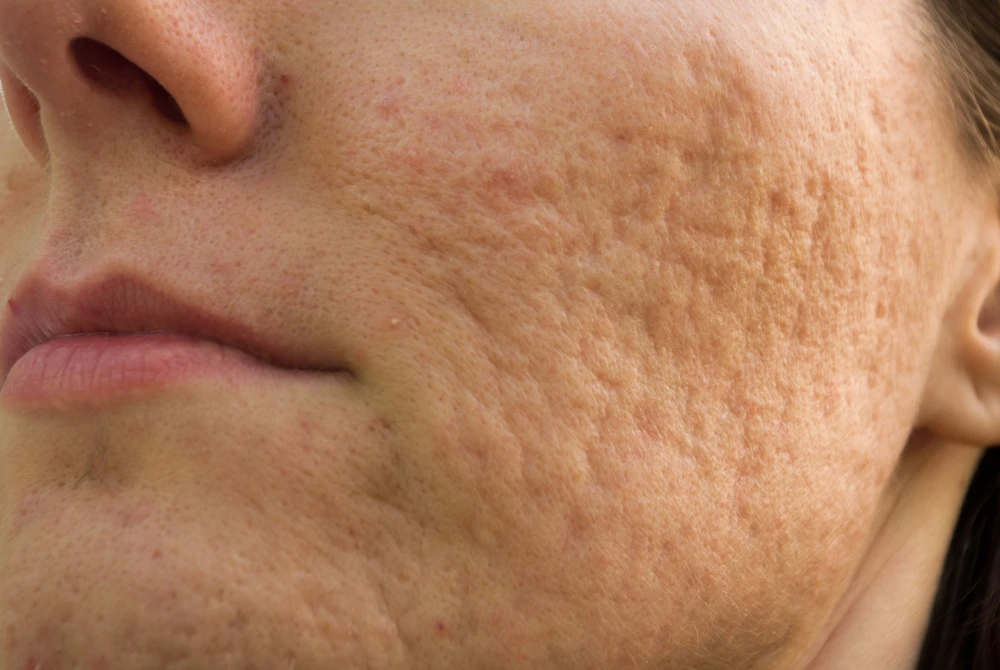
3. Improving Skin Hydration and Elasticity
One of the most overlooked advantages of using hyaluronic acid-based fillers is their ability to improve the skin’s hydration from the inside out. Acne-scarred skin often feels dry, fragile, or rough—especially in areas of volume loss. Injecting HA draws moisture into the treated area, making the skin feel plumper, more elastic, and healthier overall.
The added hydration contributes to a more dewy glow and a smoother finish—helpful when acne scars tend to look more pronounced on dry or textured skin.
4. Refining the Appearance of Enlarged Pores
Acne scars often coexist with enlarged pores. When fillers lift and hydrate the skin, they help tighten the surrounding tissue. This “plumping” action can reduce the visibility of large pores, giving you a smoother, more airbrushed complexion—even in natural light.
This subtle refinement effect is one of the reasons patients love filler for acne scars—it’s not just about treating the depressions. It’s about refreshing the entire area with better tone, texture, and light reflection.
5. Supporting Combination Therapy
Dermal fillers work beautifully in tandem with other treatments like microneedling, laser resurfacing, or Botox®. When scars are paired with movement-induced creases or tension from surrounding muscles, Botox® can relax the skin’s dynamic folds, while filler lifts the area structurally.
For example, a scar on the forehead that deepens every time you raise your eyebrows might benefit from both neuromodulator and filler injections. Together, these injectables provide a more holistic approach to scar correction, addressing both the static and dynamic elements of skin damage.
6. Subtle, Tailored Results—Without Downtime
Another reason dermal fillers have become a sought-after acne scar treatment? They offer incredibly customizable results without the extensive downtime of lasers or surgery. Each injection is strategically placed based on scar type, depth, and facial anatomy.
The goal isn’t to erase your face’s story—it’s to soften the punctuation marks. And for patients who want peace of mind, hyaluronic acid fillers are reversible. If for any reason the results don’t feel right, the treatment can be adjusted or completely dissolved with hyaluronidase.
Why We Love PRP for Acne Scars
Platelet-Rich Plasma (PRP) is a regenerative therapy that uses your body’s own healing components to repair and renew the skin. For acne scars, PRP offers a natural yet powerful way to support skin remodeling and improve texture.
How PRP works:
- A small amount of your blood is drawn and spun down to concentrate the platelets and growth factors.
- This PRP is then injected directly into scarred areas or combined with microneedling to enhance absorption.
- PRP stimulates new collagen production and encourages tissue regeneration from within.
The result? Gradual but noticeable smoothing of acne scars, improved skin tone, and a more youthful glow—without adding synthetic materials.
At Swetnam Cosmetic Surgery, PRP can be used alone or as part of a combination therapy alongside fillers or laser treatments, creating a multi-dimensional approach to scar revision.
Bonus Support: Can Botox® Really Help with Acne Scars?
While Botox® isn’t traditionally used for acne scars, it can play a valuable supporting role in certain cases—especially when scars are accompanied by repetitive muscle movement that causes dynamic skin creasing.
Here’s how it works:
- Botox® temporarily relaxes the surrounding muscles, preventing exaggerated facial movements that can deepen existing scars or cause new creases to form near them.
- It can be particularly effective for acne scars on the forehead or around the eyes—areas where repeated movement can make scar texture more noticeable.
- By reducing tension in the skin, Botox® helps create a smoother canvas, making other treatments like fillers or resurfacing more effective.
Think of Botox® as a strategic assistant—softening the stage so that scar-focused treatments like fillers or PRP can shine even brighter.
What to Expect During Treatment
The process of receiving dermal fillers for acne scars is straightforward:
- Consultation: A thorough assessment of your skin and scar types is conducted to determine the most suitable treatment plan. This is where precision begins—your injector will map out each scar’s depth, size, and placement to create a truly custom approach.
- Preparation: The treatment area is cleansed, and a topical anesthetic may be applied to minimize discomfort. This step helps create a calm, comfortable environment so your focus can remain on the glow-up ahead.
- Injection: Using a fine needle, the filler is carefully injected into the targeted scars. Each droplet is placed with intention to lift, smooth, and harmonize the texture of your skin without overfilling.
- Post-Treatment Care: Mild swelling or redness may occur but typically subsides within a few days. You’ll be advised to skip intense workouts and avoid touching the area to protect your fresh results as they settle in beautifully.
Results are often immediate, with continued improvement as the filler settles and stimulates collagen production.
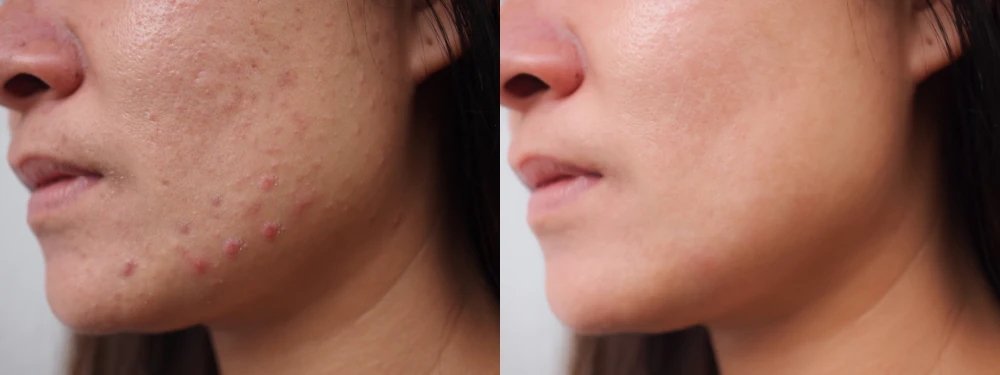
Longevity of Results
The duration of results varies depending on the type of filler used:
- Hyaluronic acid fillers: Typically last 6 to 12 months.
- Collagen-stimulating fillers: Such as Radiesse, can last up to 18 months or more.
Regular maintenance treatments can help sustain the desired appearance.
Is This Treatment Right for You?
Dermal fillers are most effective for individuals with atrophic acne scars seeking a non-surgical solution. Ideal candidates are in good overall health, have realistic expectations, and desire immediate improvement in skin texture.
A consultation with our specialists at Swetnam Cosmetic Surgery will help determine the best approach tailored to your unique skin concerns.
Experience the Swetnam Difference
At Swetnam Cosmetic Surgery in Northwest, AR, we are committed to helping you achieve smoother, more radiant skin. Our expert team utilizes advanced techniques and high-quality cosmetic injectables to address acne scars effectively.
Embrace the confidence that comes with rejuvenated skin. Schedule your consultation today and discover how our personalized treatments can transform your complexion!





